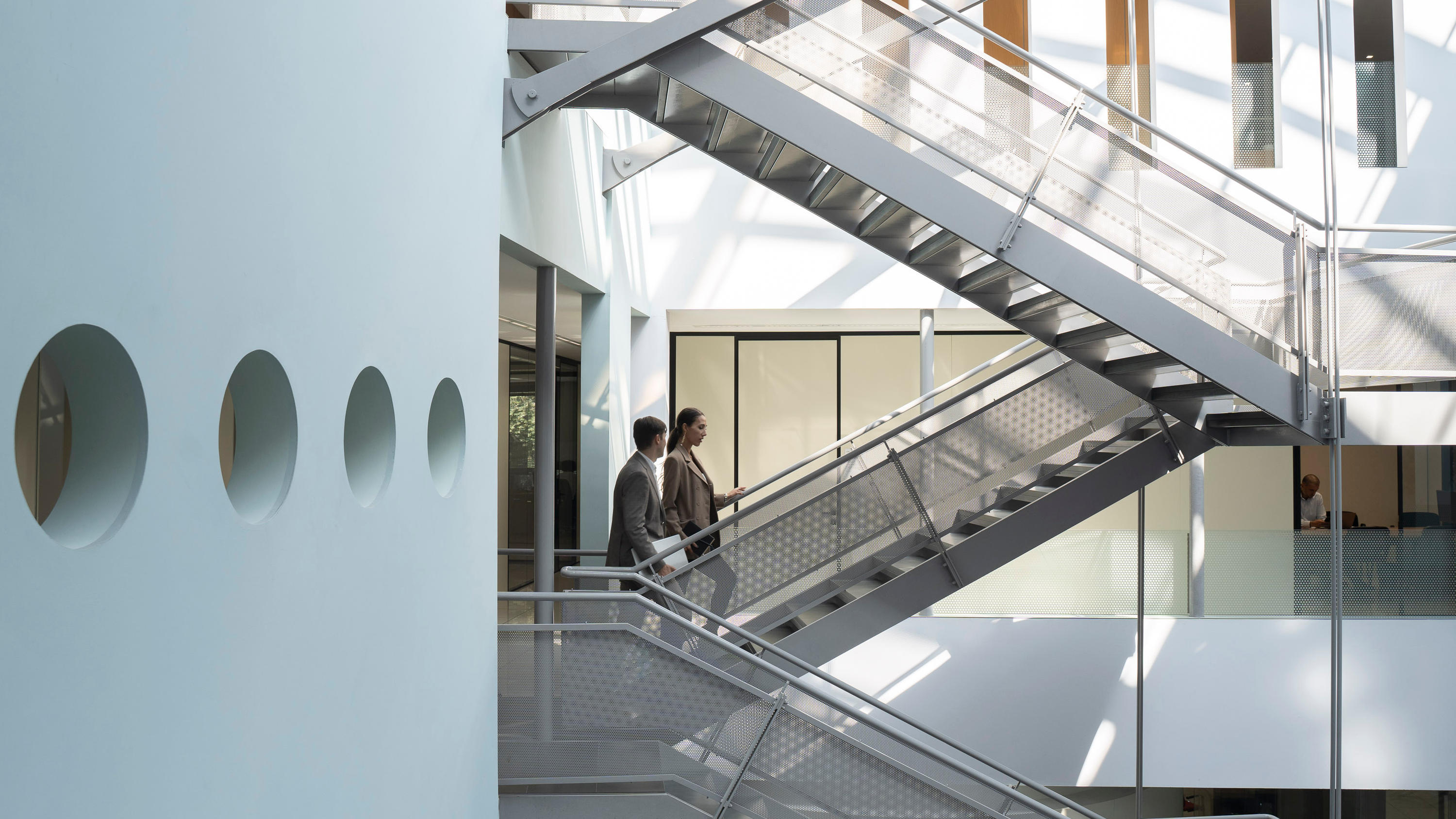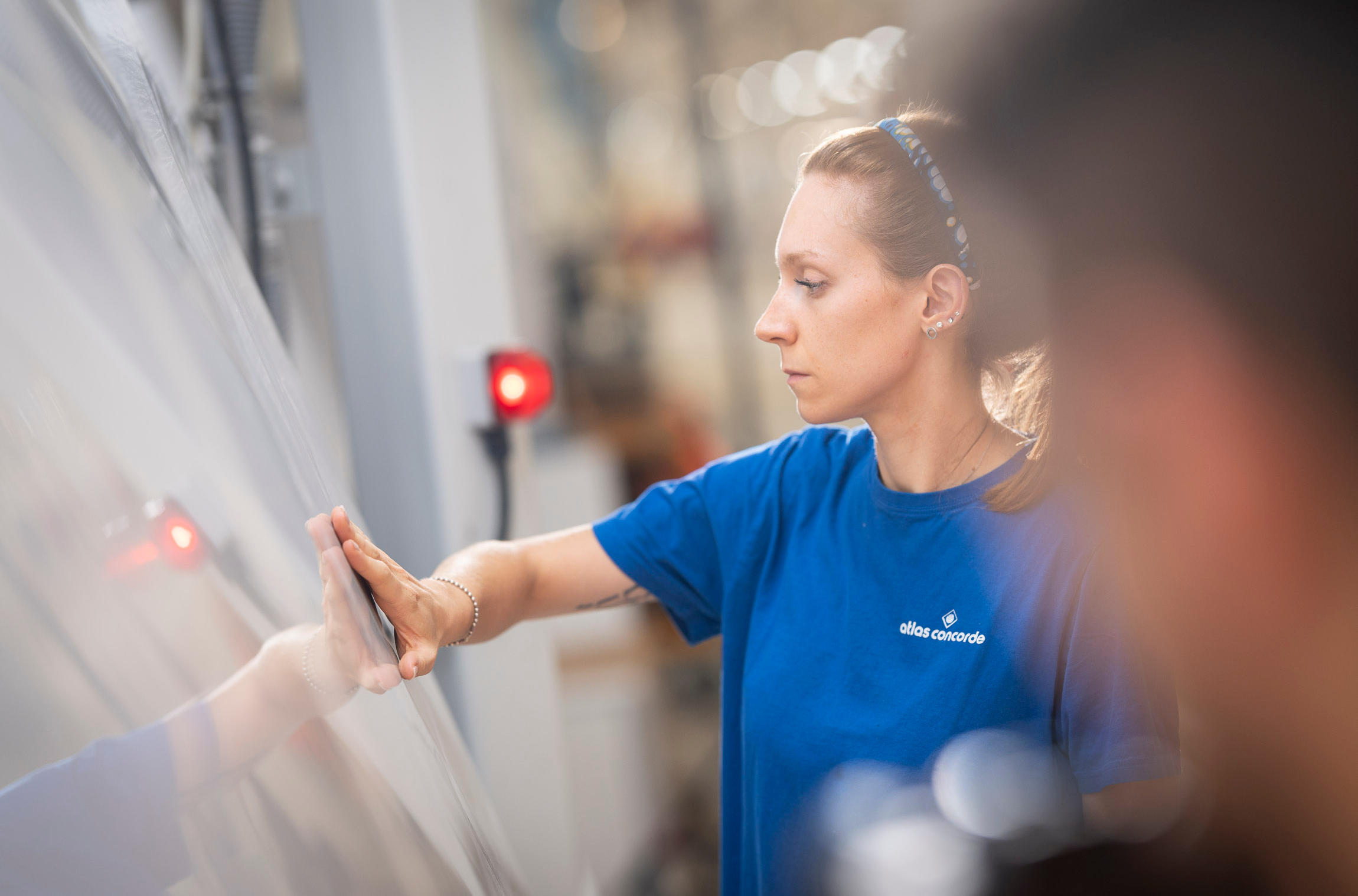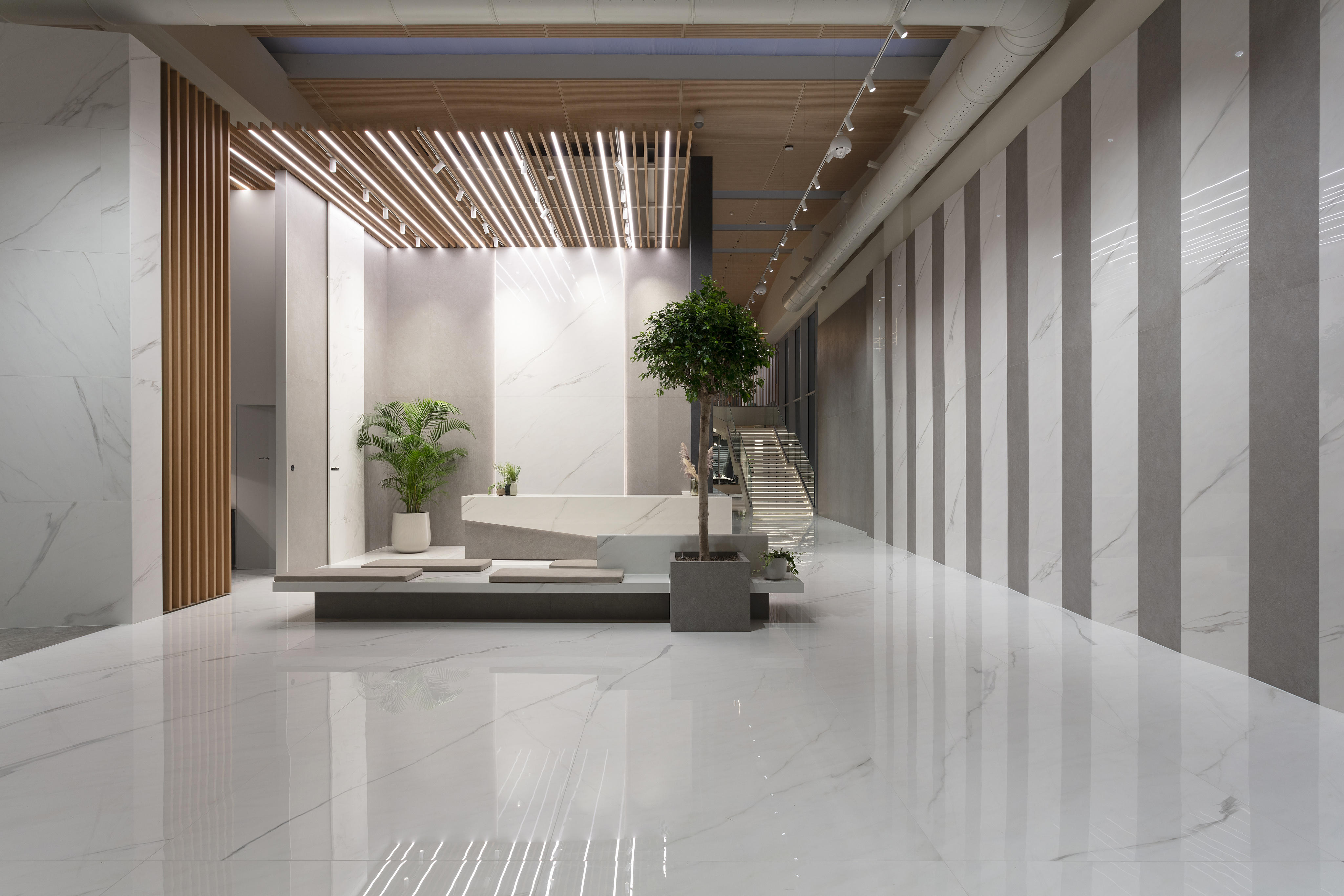Designing the future and renovating the past with sustainable architecture. The reflections of Marco Imperadori, full professor of Design and Technological Innovation at Milan Polytechnic.
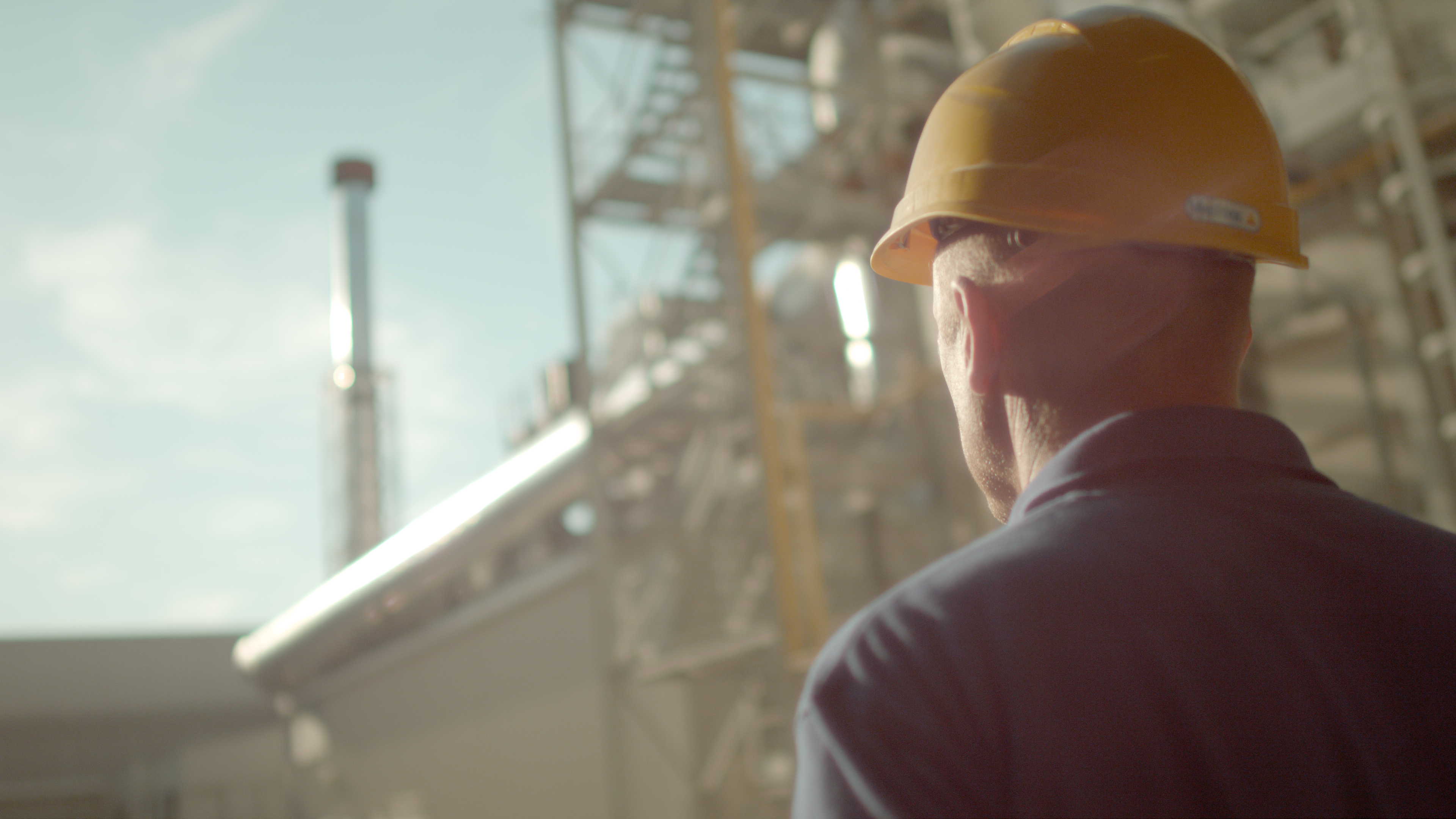
Trend
The contribution of porcelain tiles for a sustainable design
11 June 2021
The evolution of the urban language typical of recent years perfectly reflects and recounts the complexity and architectural contradictions of a historical-social-cultural context. Cities change their faces and go through phases of construction and regeneration where buildings become temporary (and increasingly timeless) landmarks within a design map designed to improve the quality of life of the inhabitants. A landscape in continuous flux, therefore, that responds to needs that vary from time to time, but that finds its point of stability and excellence in innovation and the search for greater architectural sustainability. We talked about this with Professor Marco Imperadori, engineer and full professor of Design and Technological Innovation at Milan Polytechnic.
What does sustainability mean in architecture and construction?
Sustainability... Often it seems like a magic word, which everyone interprets to their liking. For me it has a very serious meaning, measurable quantitatively and unequivocally. Every architecture, every construction as a whole and its materials should be sustainable: ecologically, economically, esthetically. It's known that the impact of buildings on the planet's energy consumption is 40% of the total, so designing and living in sustainable buildings is a duty. To achieve this goal any material is possible, as is any architectural form as long as it makes sense based on the orientation and climate context, and any strategy having a path that goes “from cradle to new cradle” (recycling and reuse).
How are porcelain tiles an ally for constructing sustainable buildings?
Porcelain tiles are an extremely stable and durable material, an important feature for a sustainability strategy that focuses on the reduction of maintenance and the replacement of construction elements, both indoors and out, as well as on vertical or horizontal applications. Moreover, it's a material where Italian quality, innovation, and “customization” are very important traits. Let's not forget that porcelain tiles have a whole array of characteristics that make them compliant with the main Green rating protocols of buildings internationally, and Italian manufacturers have equipped themselves with all the necessary certifications in this regard.


Whole neighborhoods are now developing vertically: what elements must be included in the design in order to achieve greater energy autonomy?
The density of the built environment is an important issue given the continuous increase in urban populations and the need to preserve land soil and its permeability. Building vertically, however, places a number of important constraints on the structure, fire regulations, energy, comfort, and so on, which must be considered very carefully.From the point of view of energy autonomy, the first step is the performance of the exterior (insulation and thermal attenuation) in all seasons of the year. Another fundamental aspect are the windows and sunscreens. Finally, the possibility of producing energy with elements (photovoltaic, solar thermal, micro wind) arranged on the roofs or on some facades and integrated with the overall architecture.

What does ventilated facade technology represent in terms of energy efficiency? Is it a viable option?
Ventilated facades are certainly a very important strategy to reduce thermal loads coming from the outside in the mid-season or summer. It's very important that the portion behind the ventilation chamber be well insulated and that the cladding material be lightweight. Attention must always be paid to accurate fire prevention design: there have been some serious episodes due to an incorrect or missing design. In fact the air chamber must be properly sectioned and the insulation and final cladding must be carefully selected, avoiding combustible materials. We can rely on porcelain tiles here as well as they are absolutely fireproof and also resistant to damage from open flames or heat sources.
How and to what extent do external claddings impact the landscape, not just being limited to protecting against the weather but by becoming a key element in terms of (re-)qualifying the surrounding urban fabric?
Exterior claddings certainly have an impact on the context. This impact can be positive or negative depending on the design (and the designer...). First of all, the historical and monumental context must be differentiated from that of the more contemporary historical city. Personally, I have always been in favor of a dialectic between the contemporary nature of the materials and the "skins” of the cladding and the historical fabric. With a well-designed project they are both enhanced. Considering on the other hand the many buildings from the 1960s up to 2000 (the bulk of the market stock), the potential for energetic and esthetic retrofits is significant where the structures are solid and performing.
What is the greatest resistance to the use of sustainable technologies?
On the one hand the resistance is cultural, especially in Italy. Our beautiful, unparalleled past often paralyzes us, and both designers and companies prefer acquired, retrospective solutions rather than focusing on sustainable innovation. It's also worth noting that the national (and international) energy situation where oil is at an all-time low is certainly not an incentive to develop and push sustainable and energy-saving technologies. Fortunately, some designers and many customers feel this is a moral necessity in the face of evident climate change and of cities that are less livable and increasingly polluted. While it is true that they are increasingly choosing electric cars or car sharing, it can be hoped that they will make increasingly responsible choices with respect to their homes and workplaces (as they already do when choosing LED bulbs or Class A refrigerators and dishwashers). In this context I think it's very interesting and innovative to see what the Active House Alliance proposes (www.activehouse.info), within which I represent Milan Polytechnic.

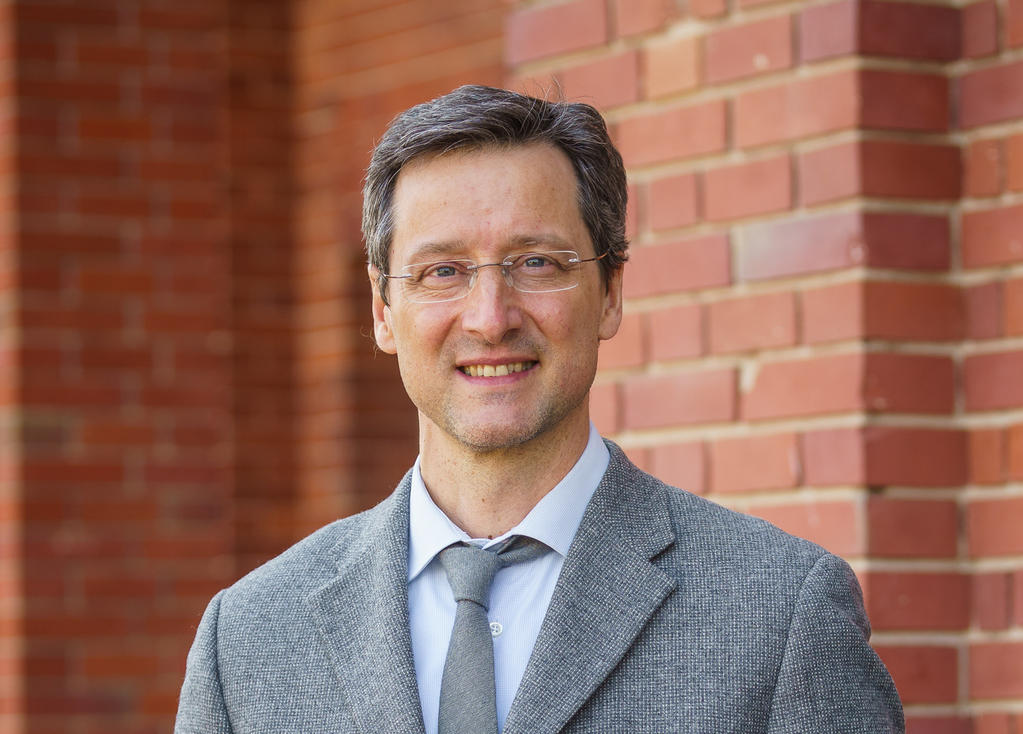
Marco Imperadori is an engineer, full professor at Milan Polytechnic, "Design and Technological Innovation” in the Faculty of Construction Engineering-Architecture, delegate of the Rector for Asia, Visiting Professor at USJ Macau, owner of the Milan design studio Atelier 2 as well as a member of numerous committees dealing with sustainability and innovation.
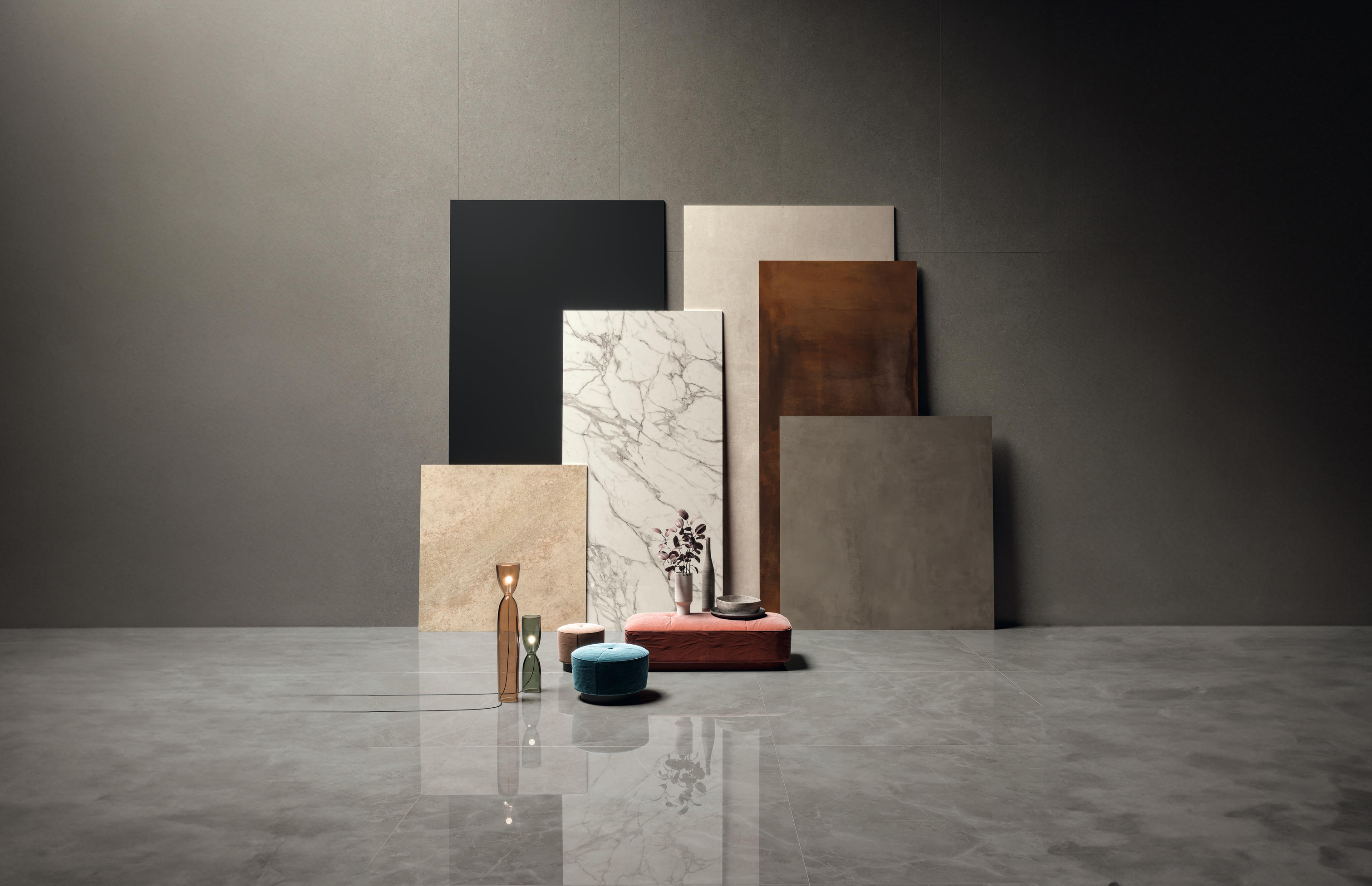








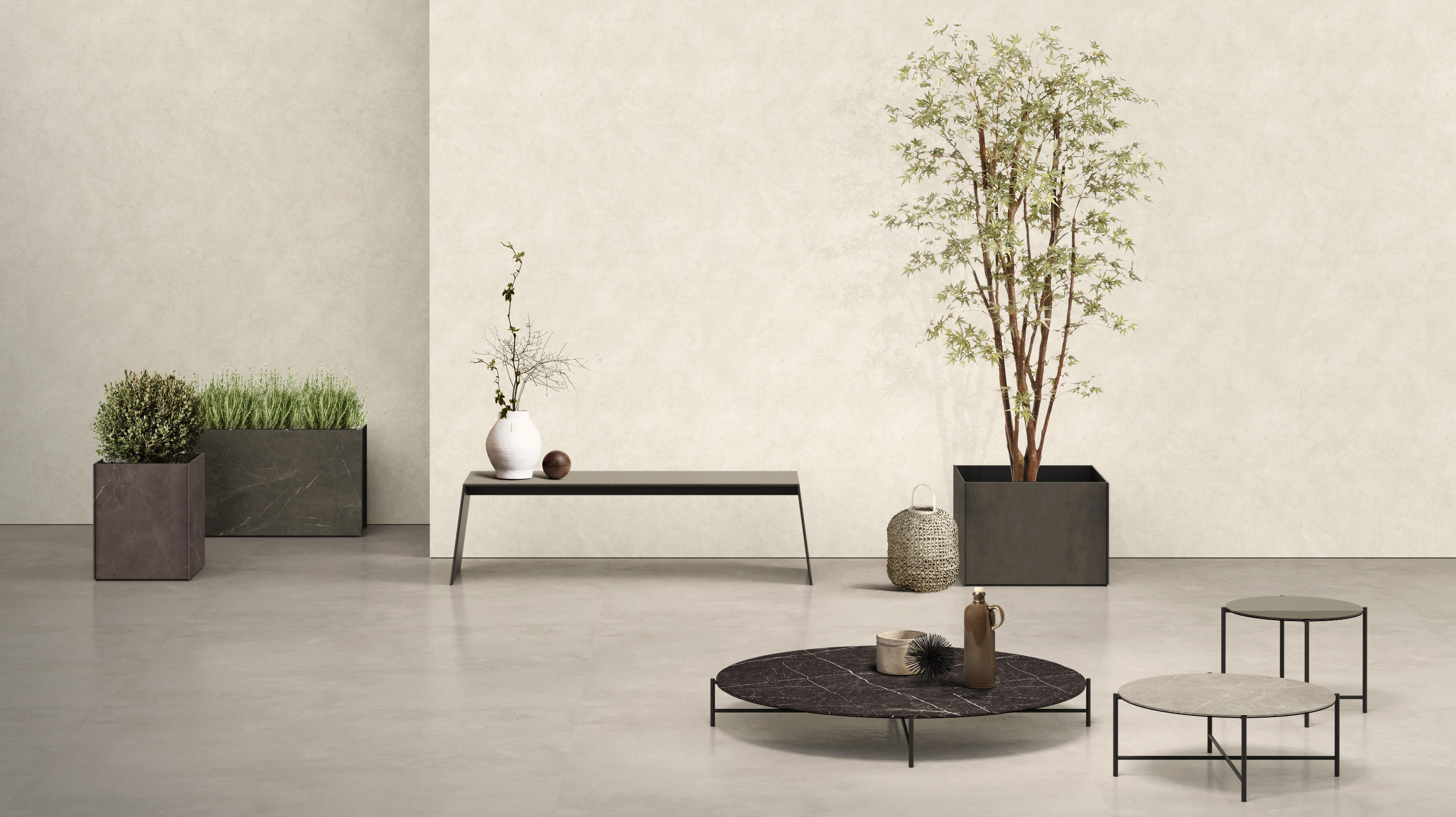



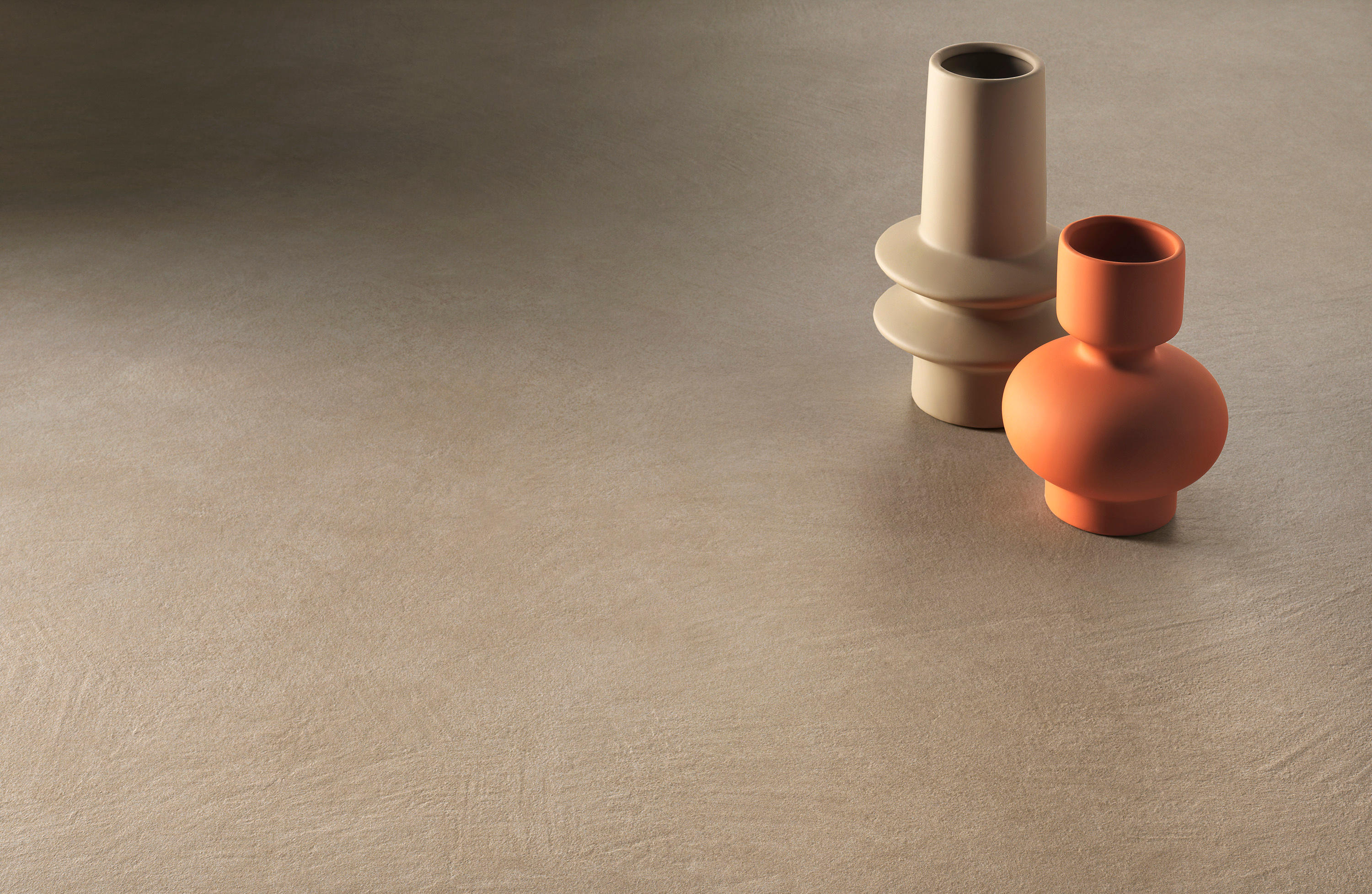
























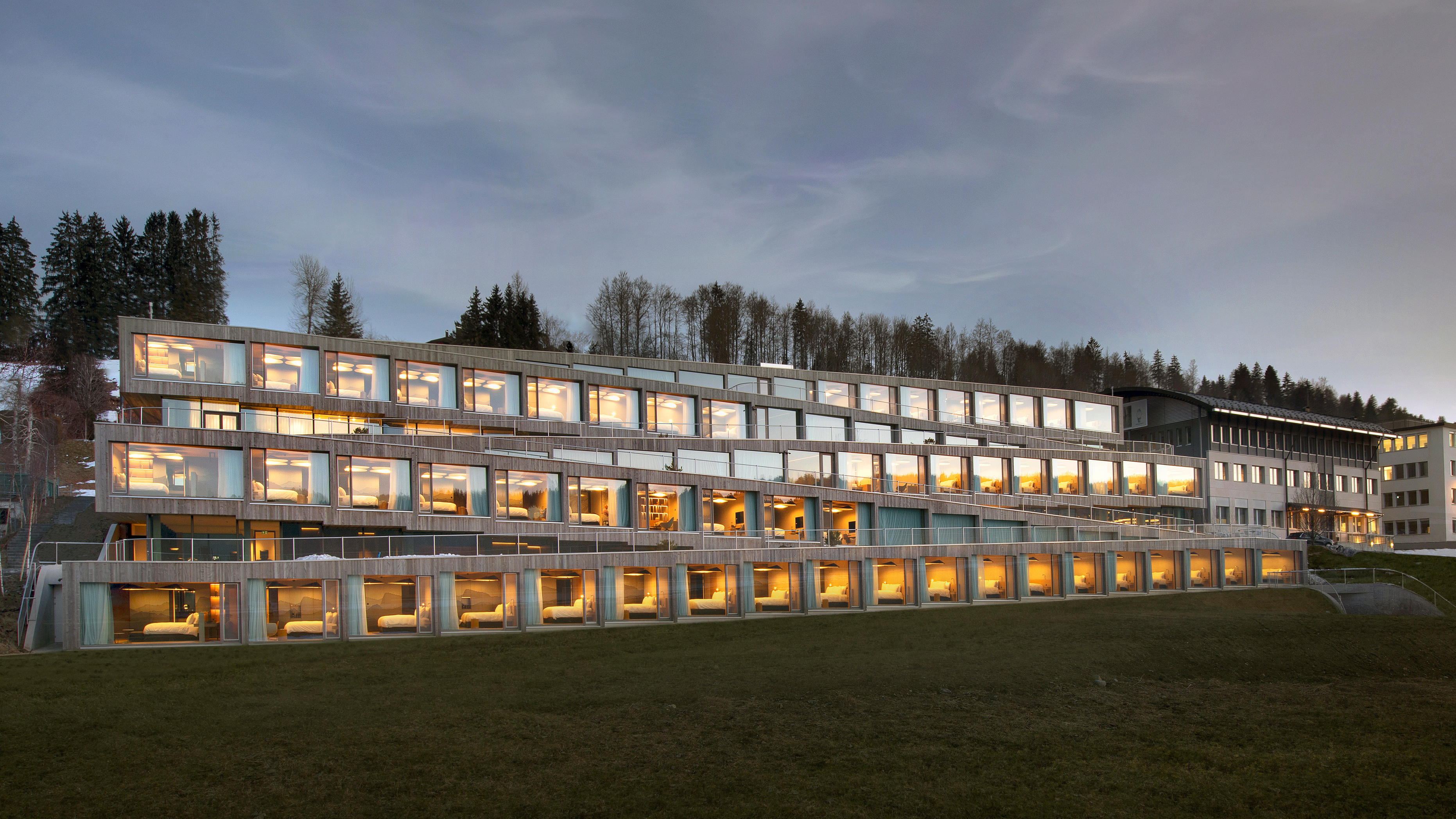
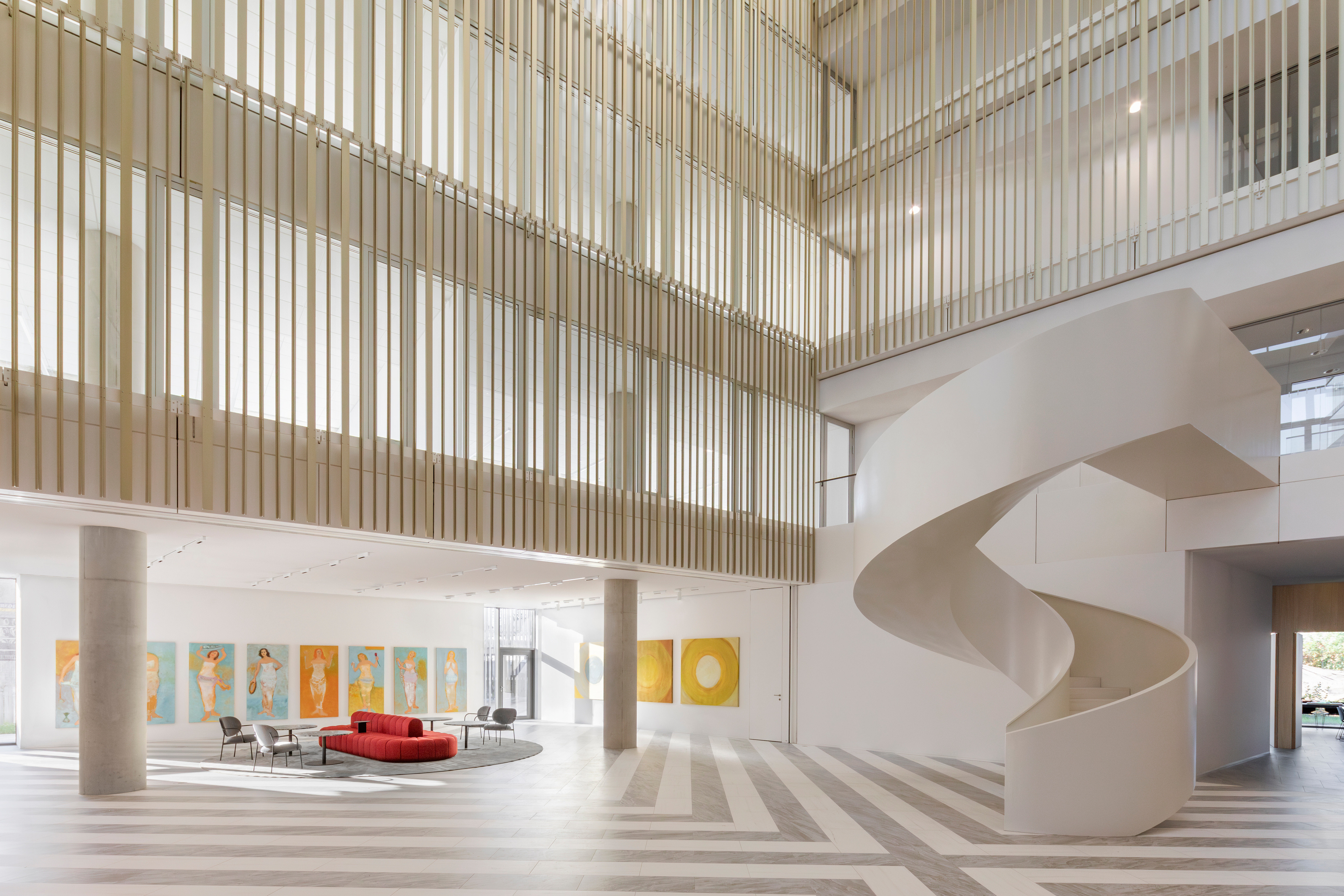.jpg?cropw=4096&croph=2654.2479700187387&cropx=9.695217308093677e-13&cropy=76.7520299812622&cropmode=pixel&quality=75#)
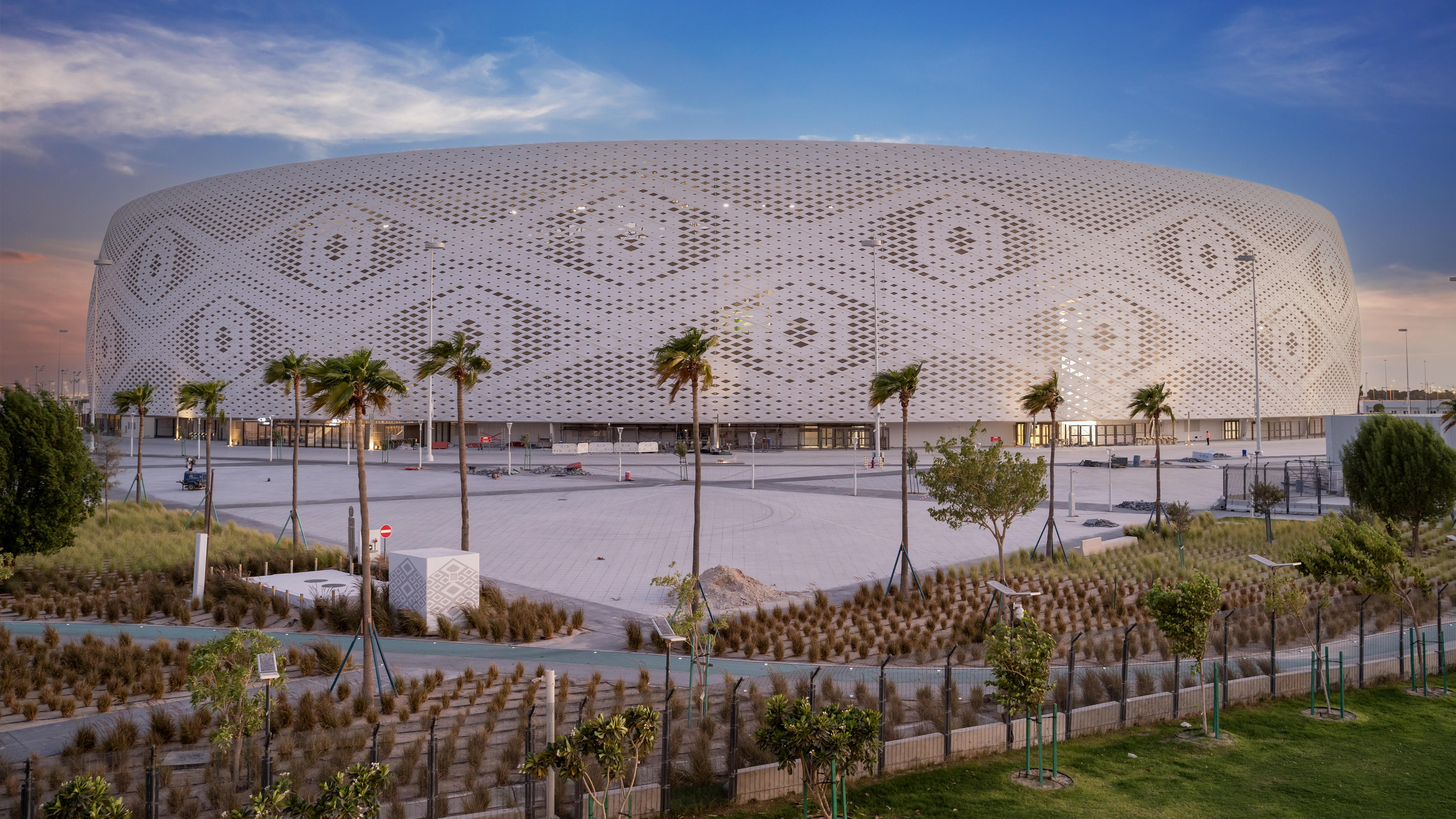









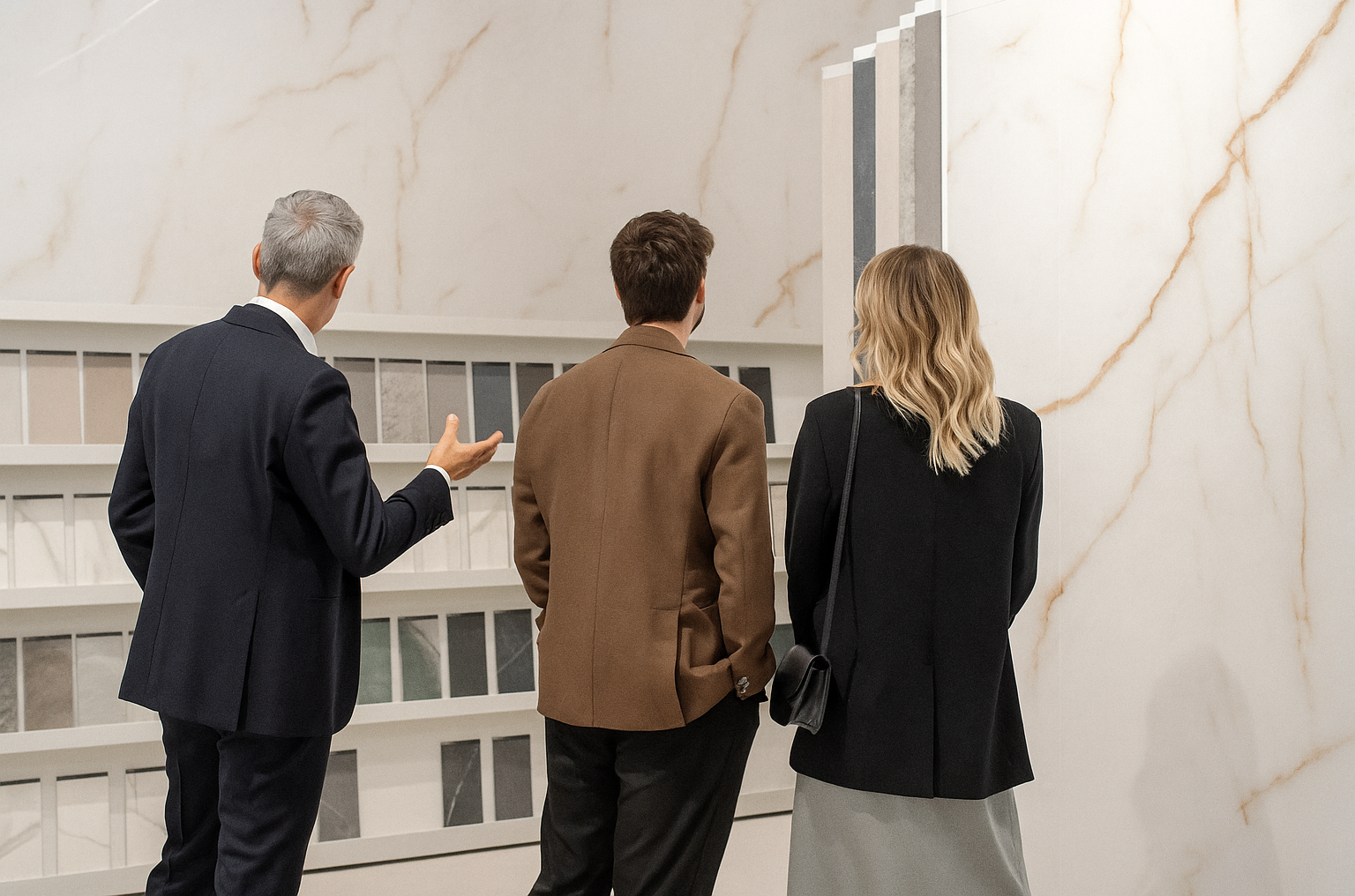
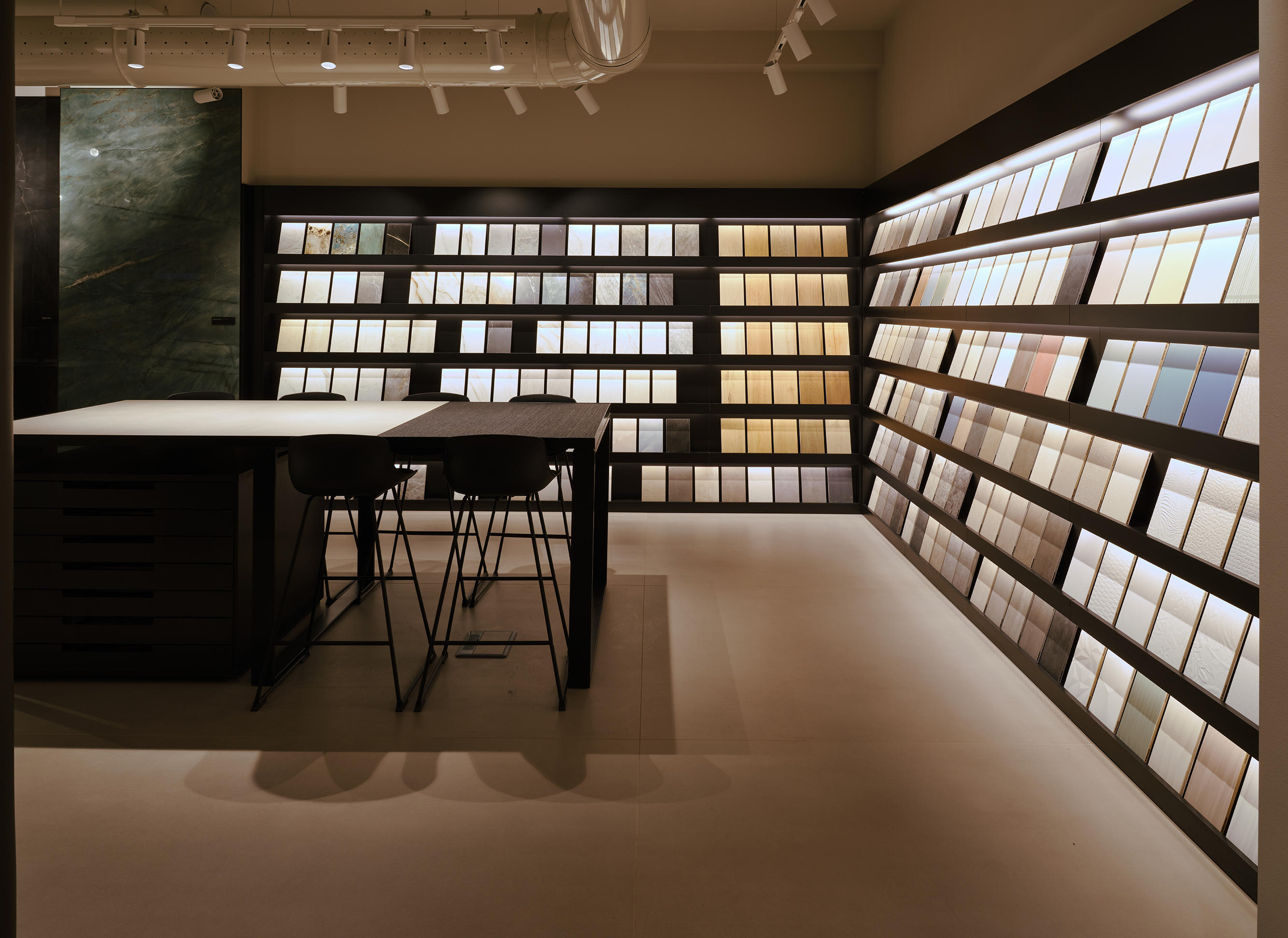
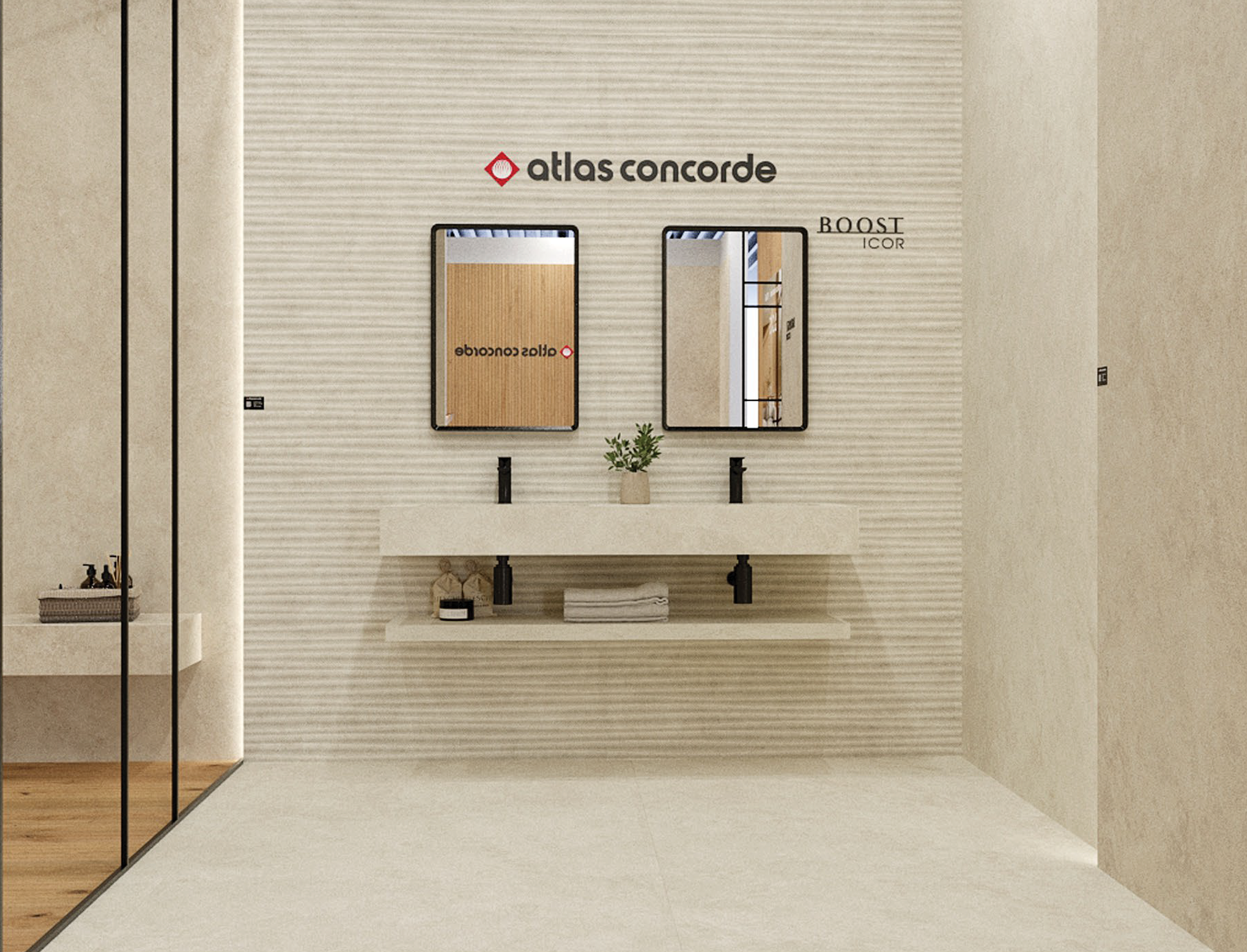
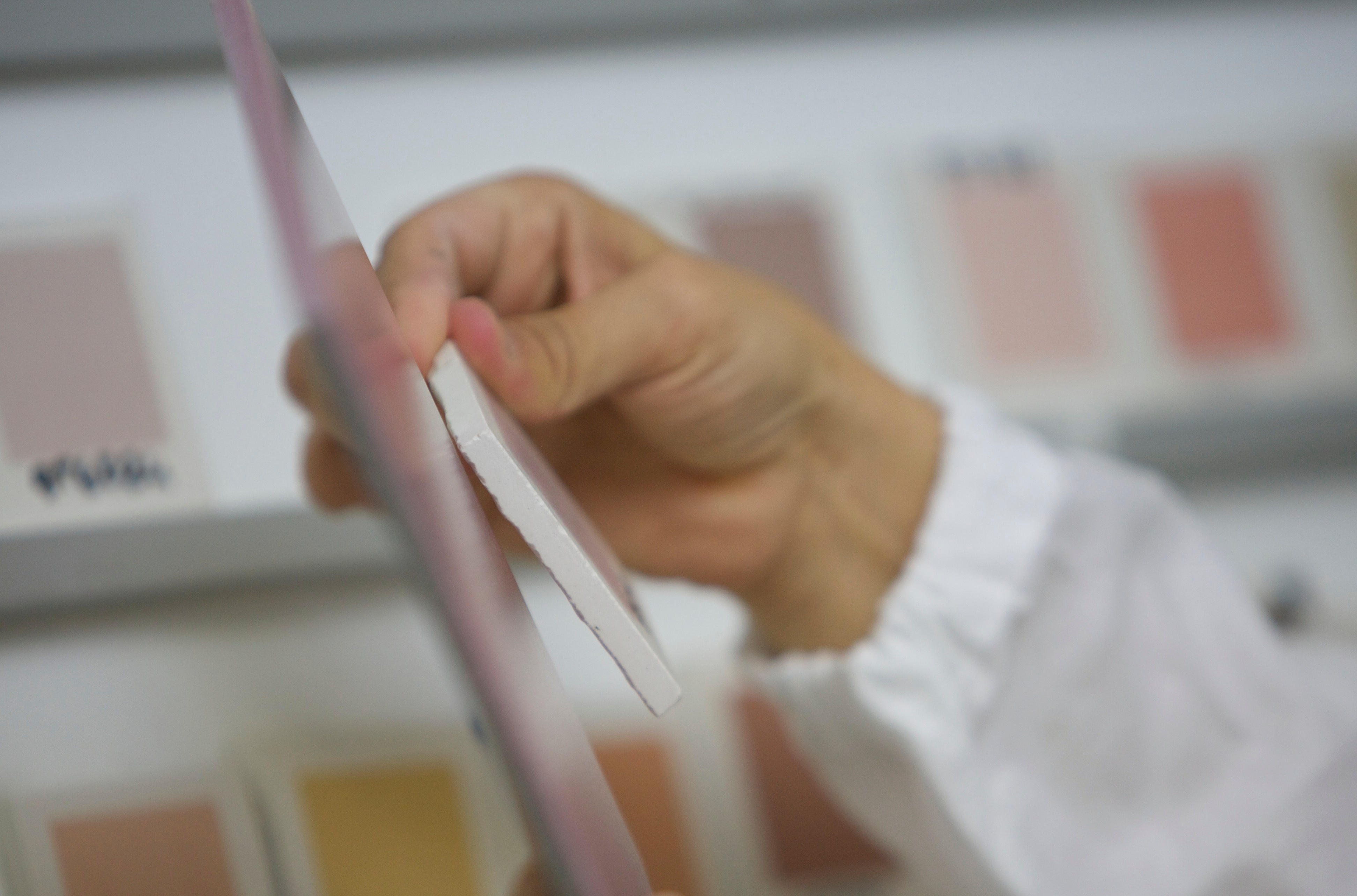
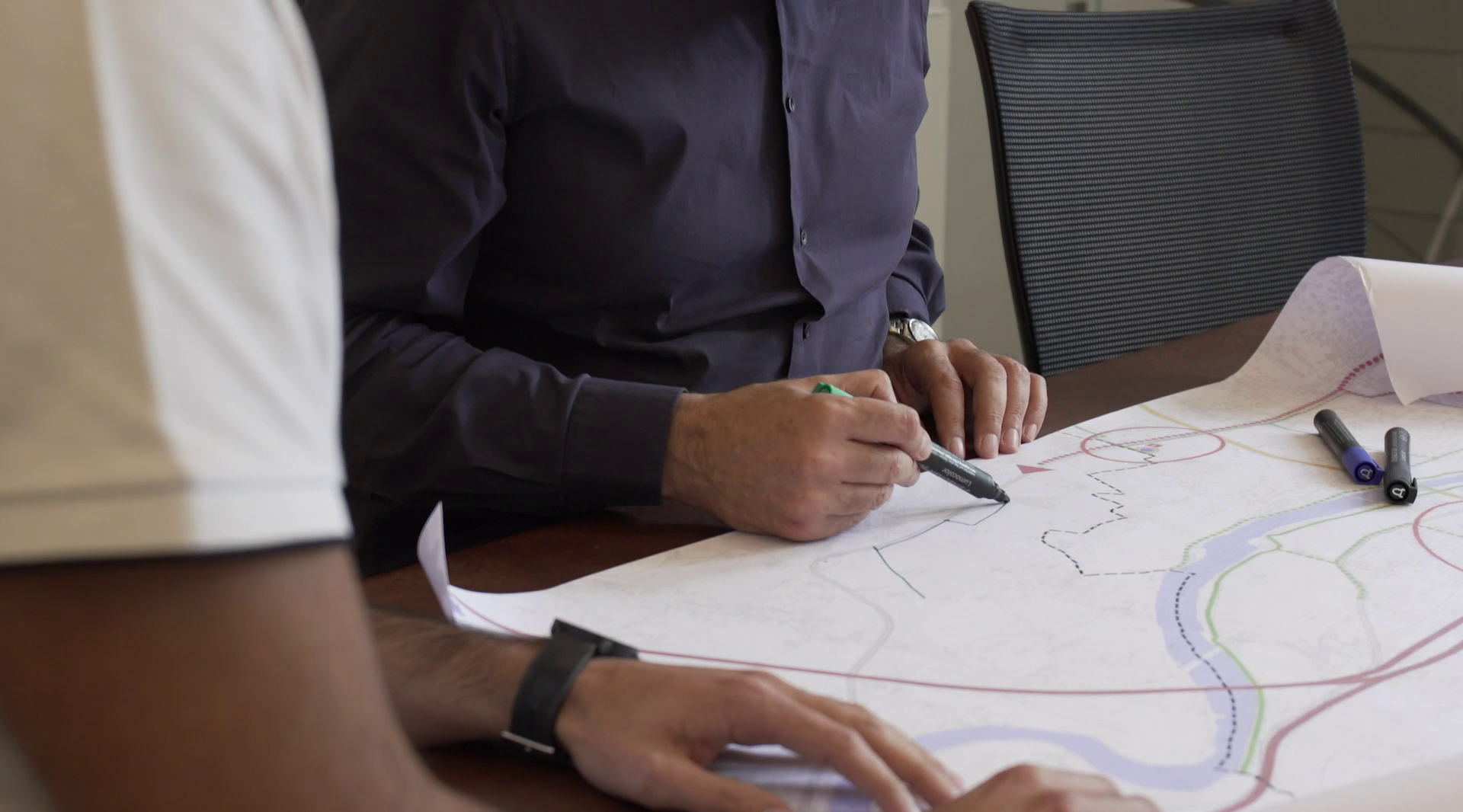

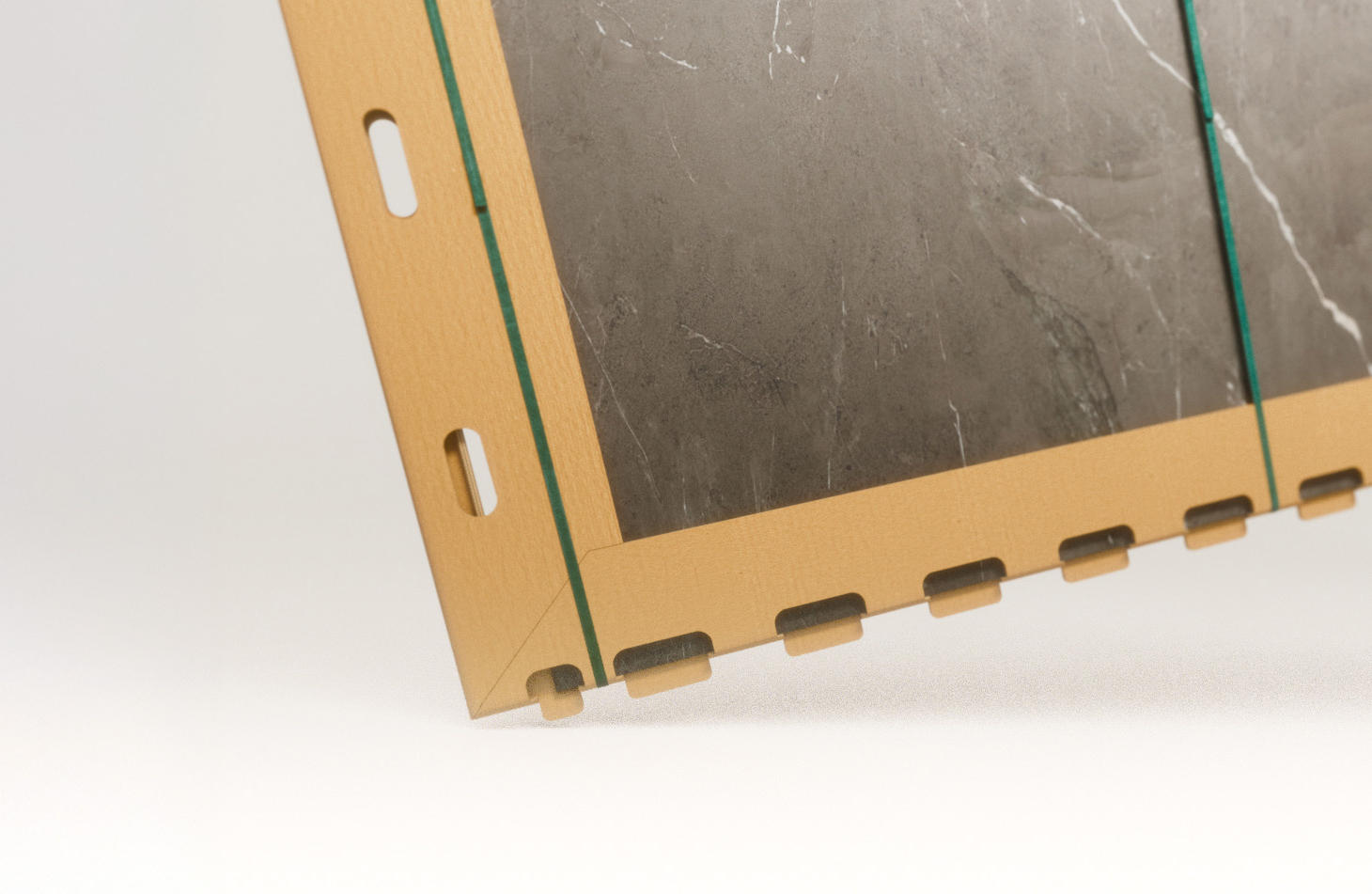

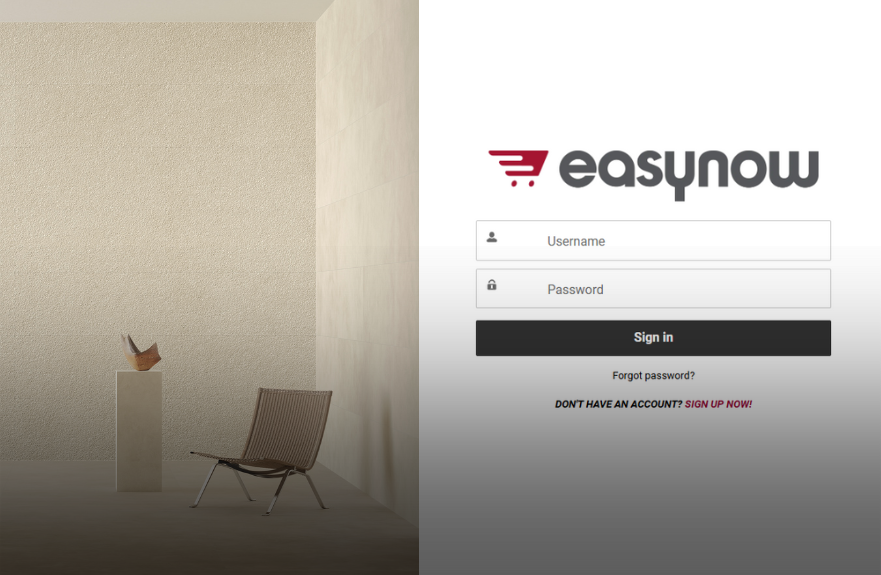

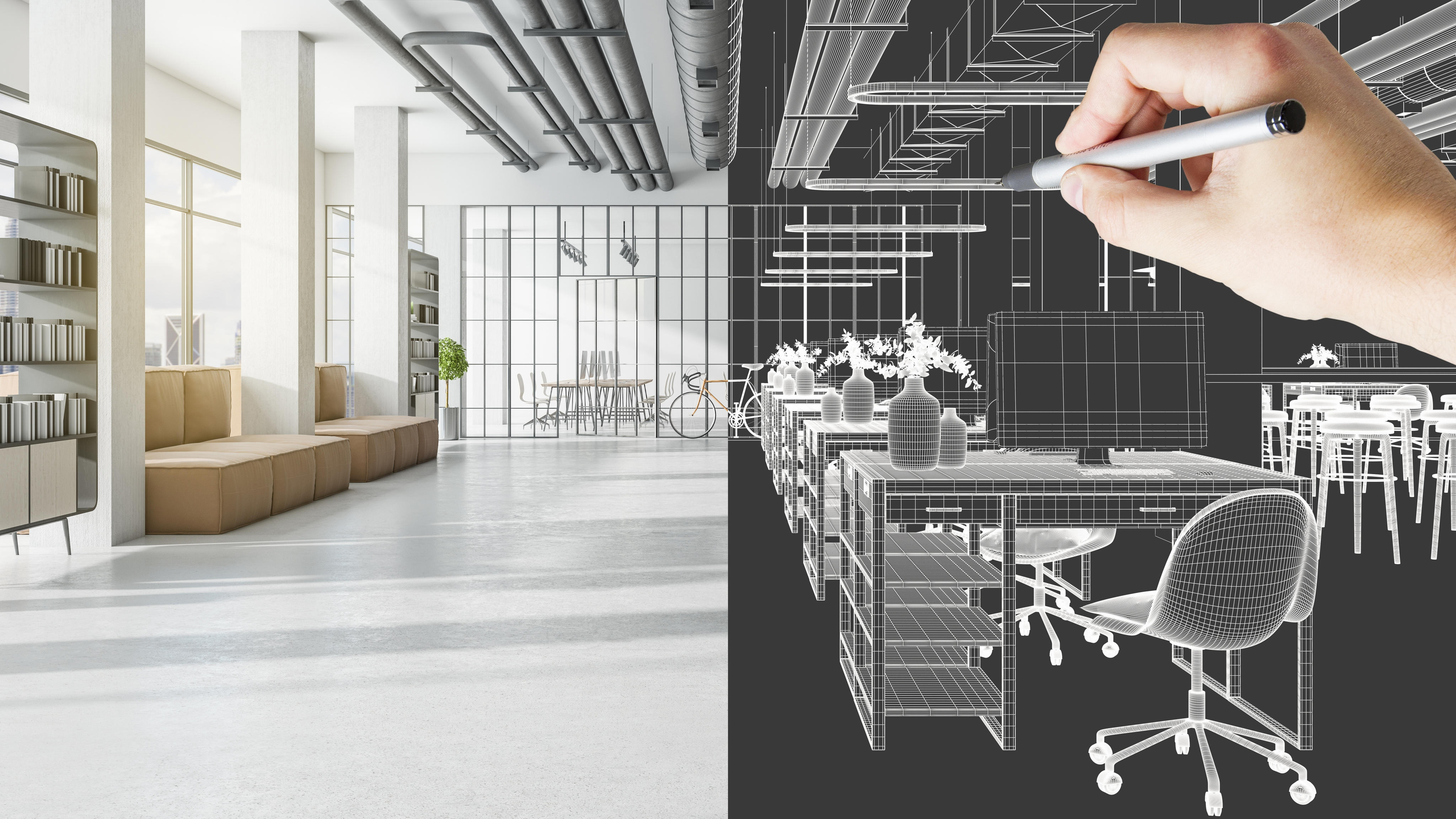
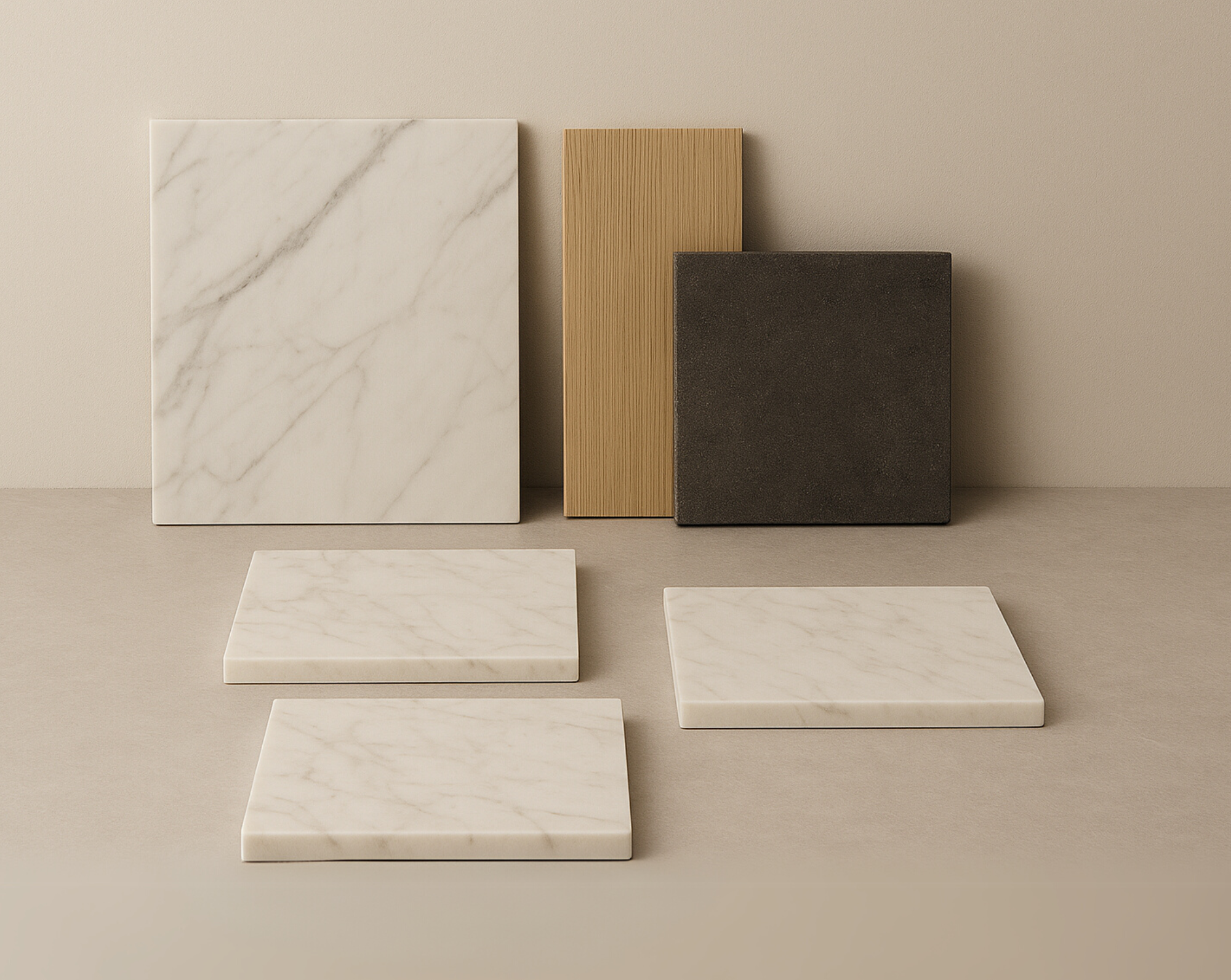


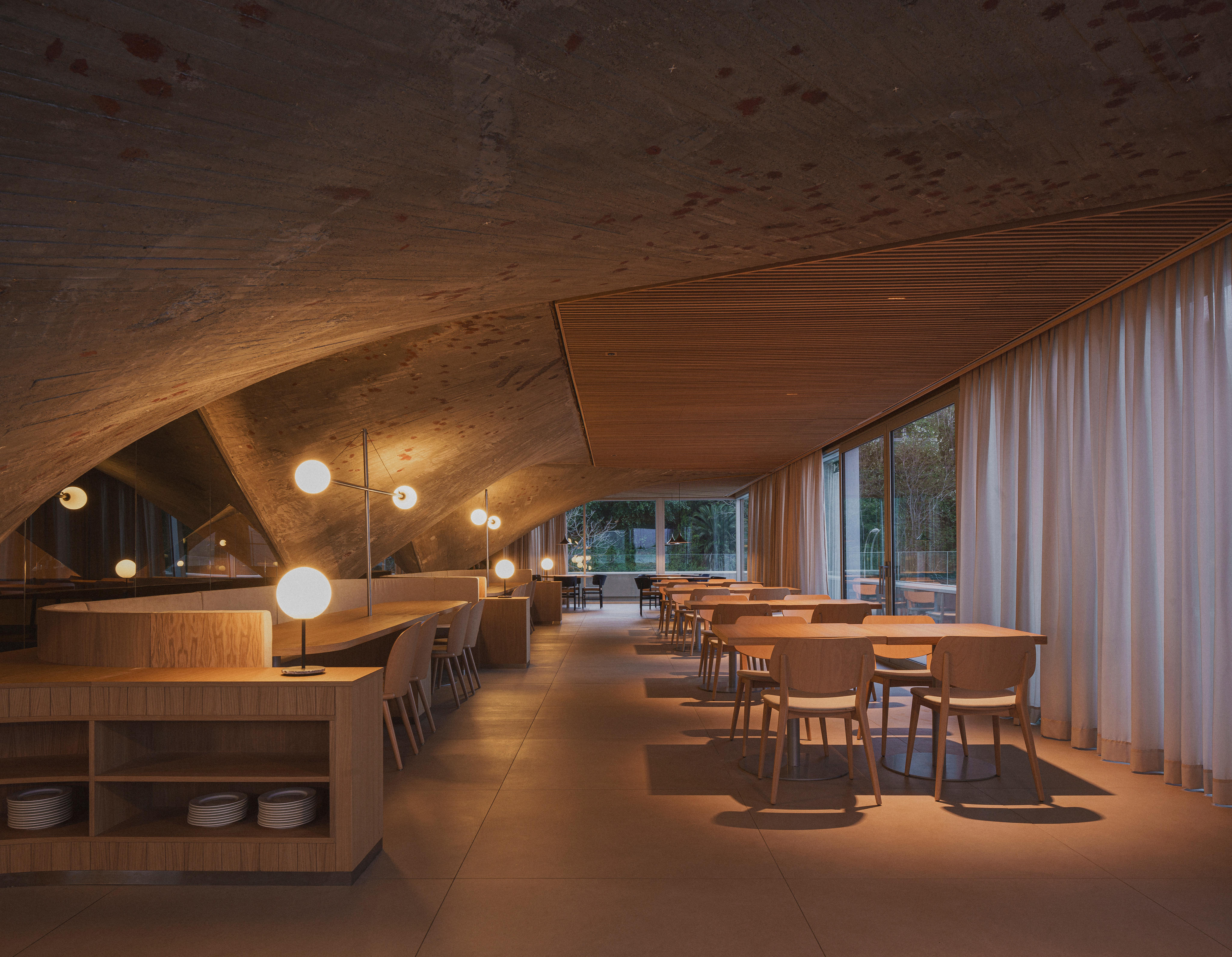

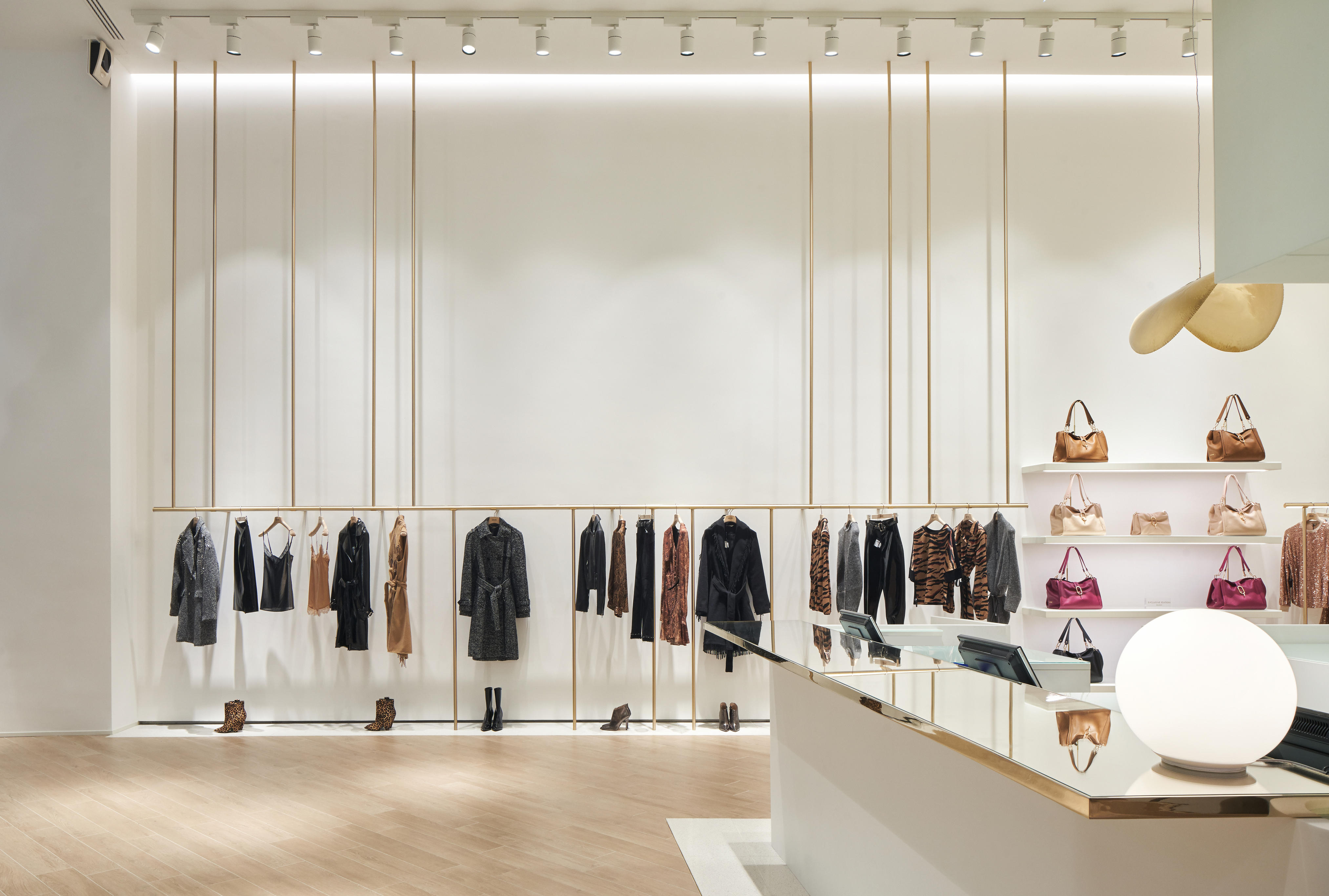
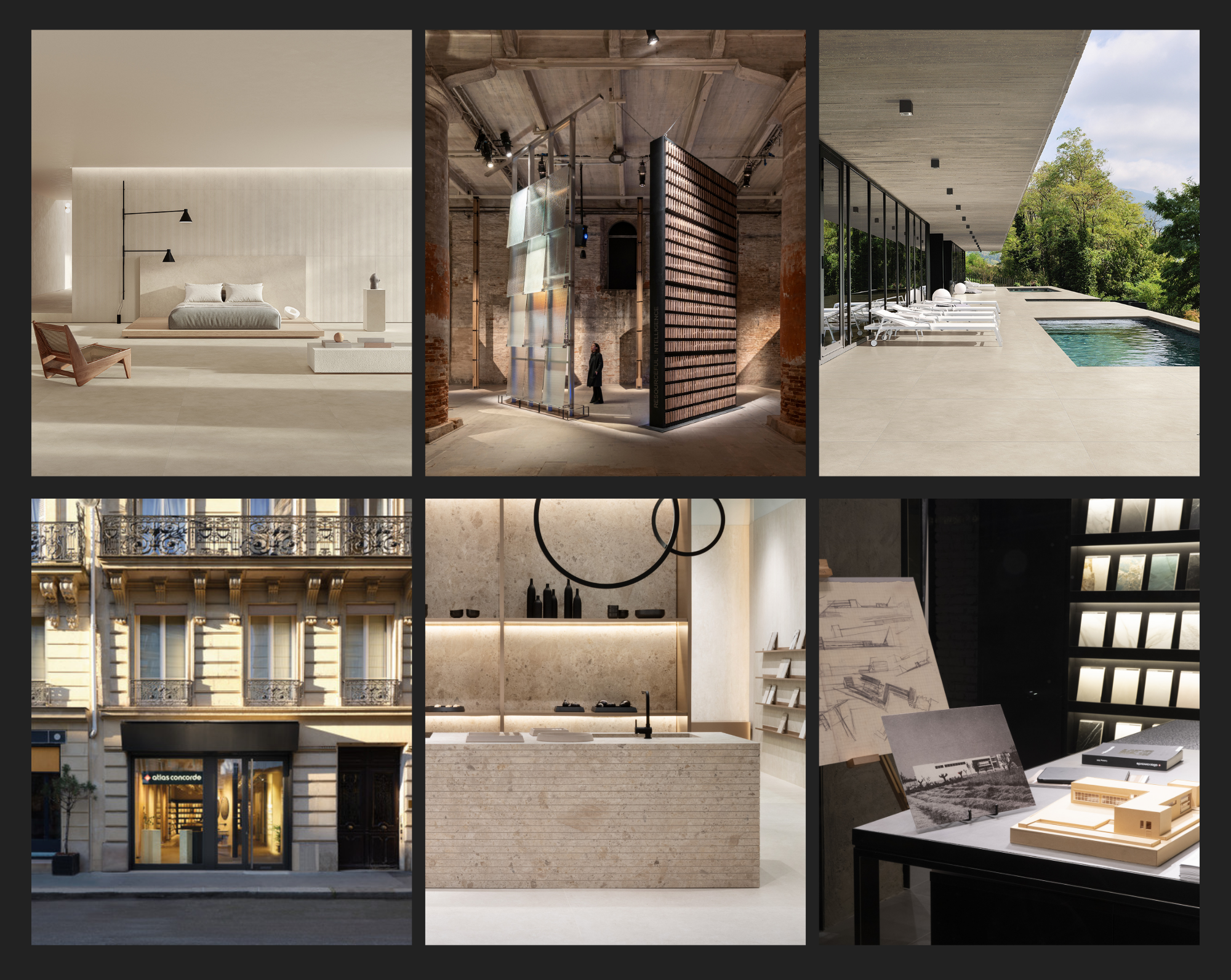
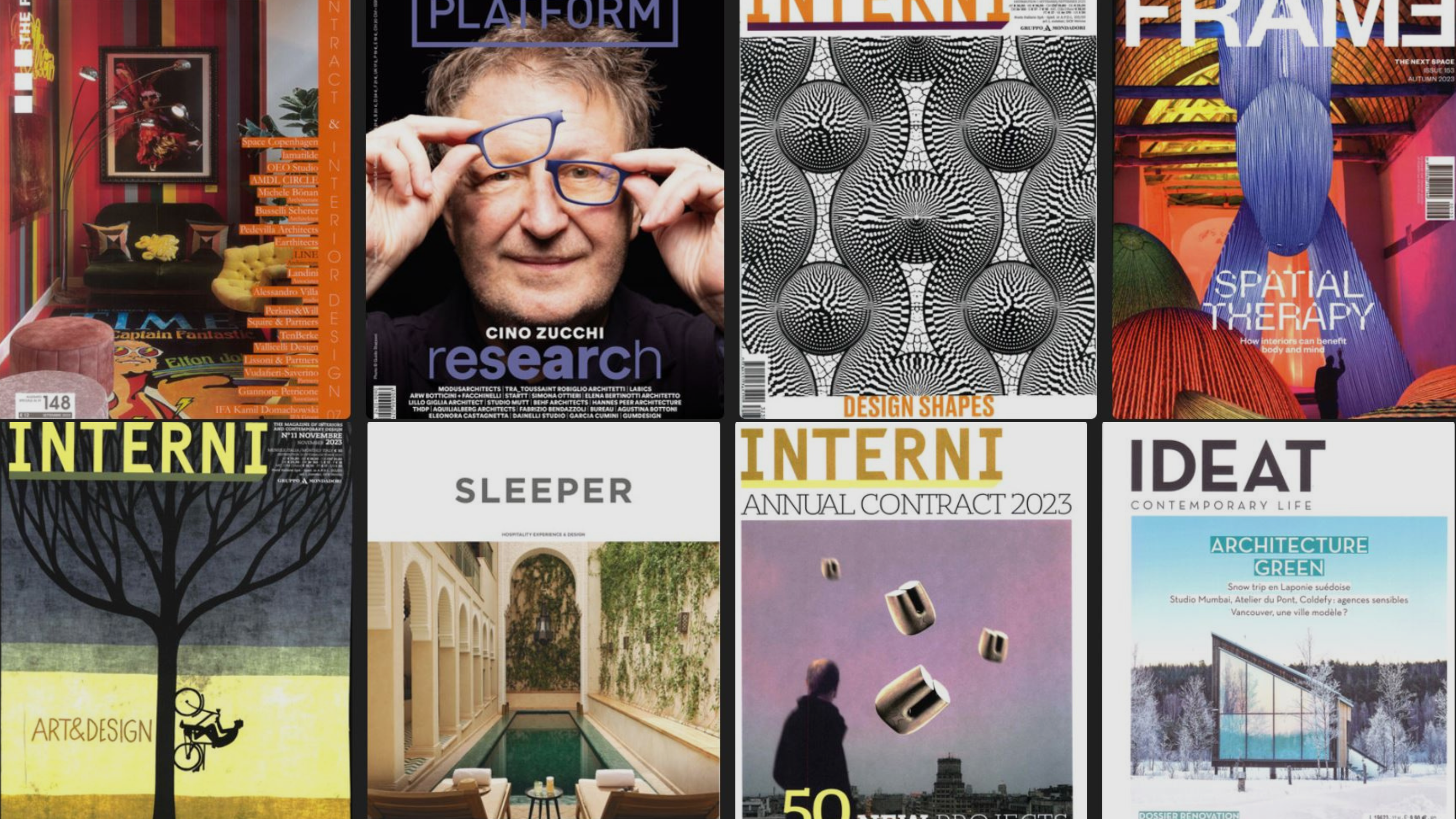
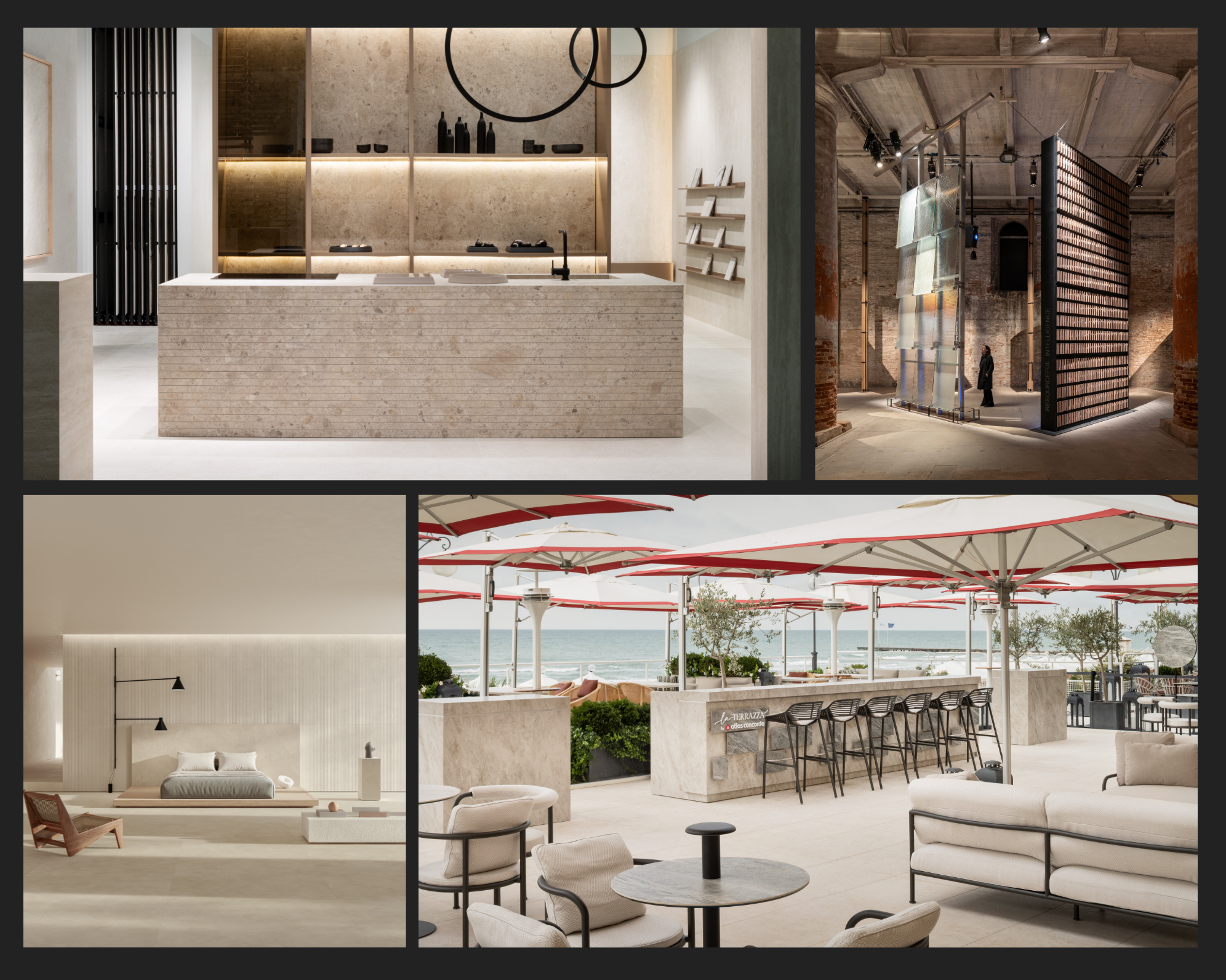
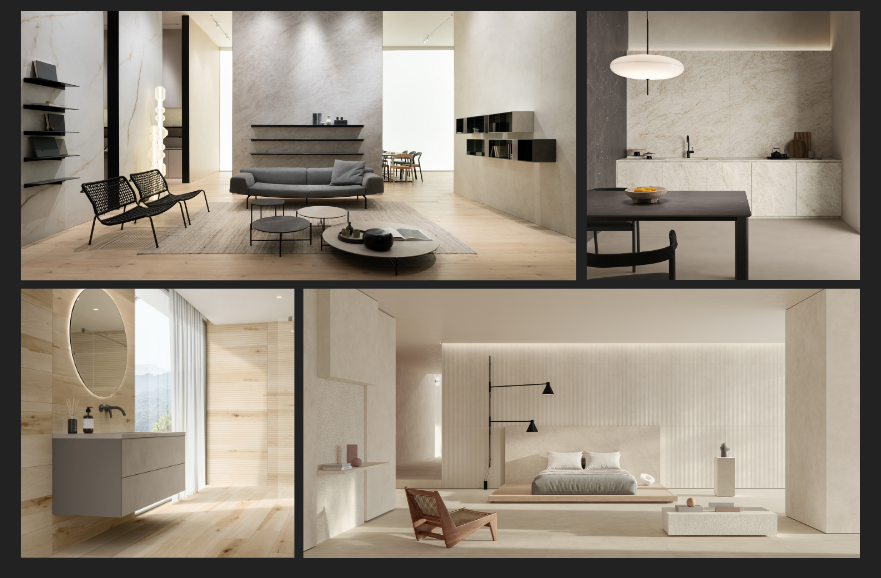
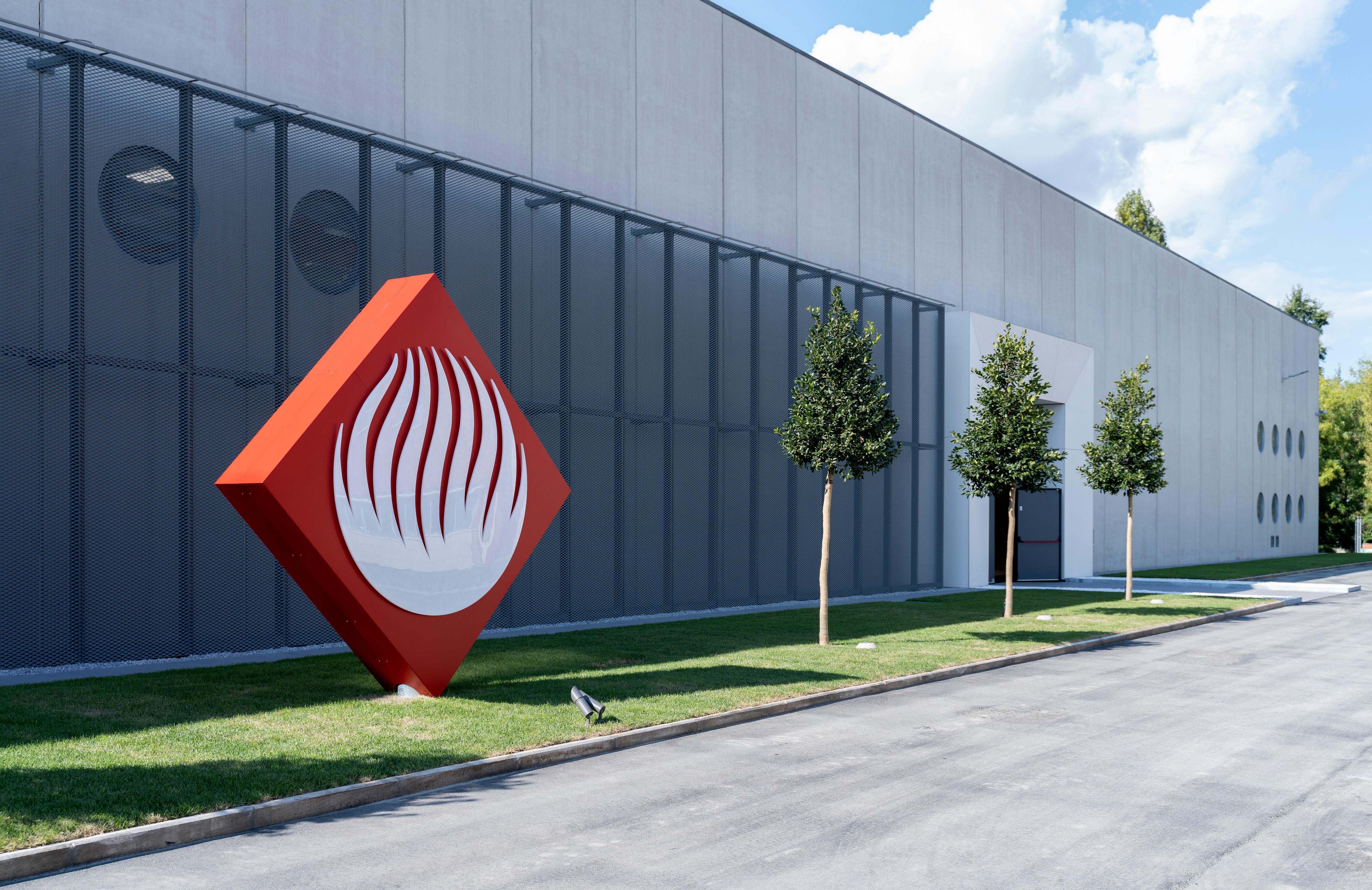
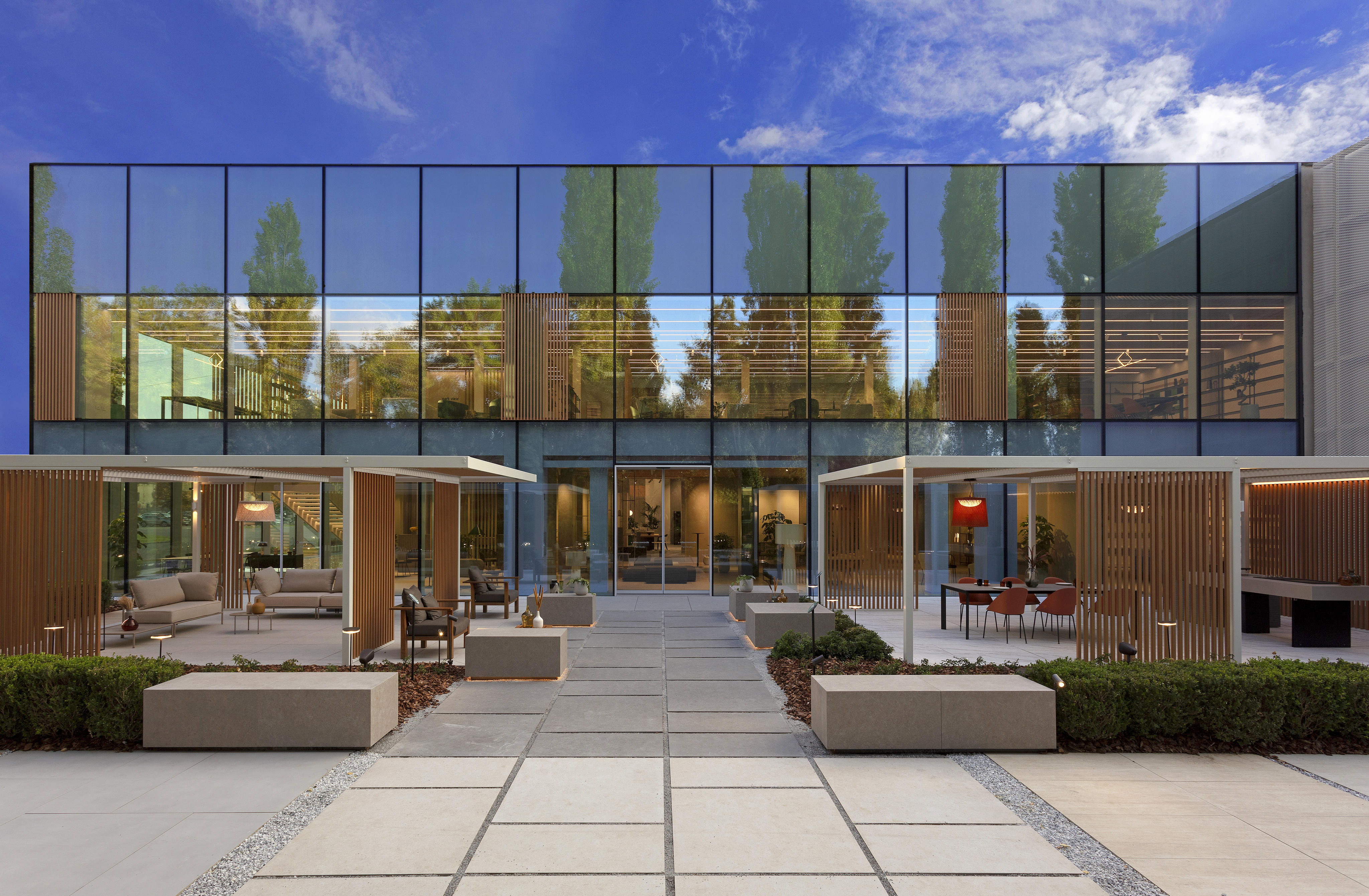





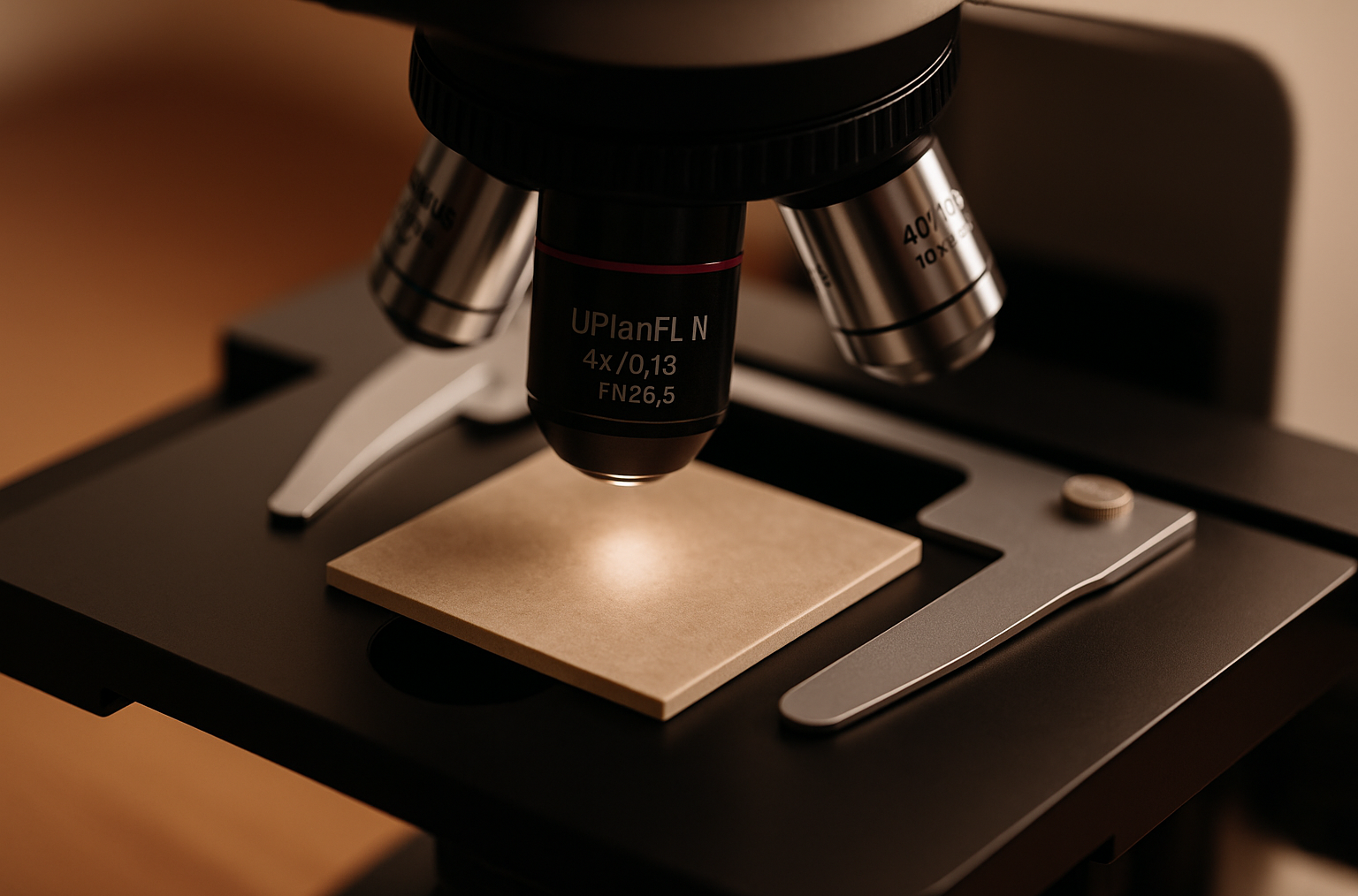
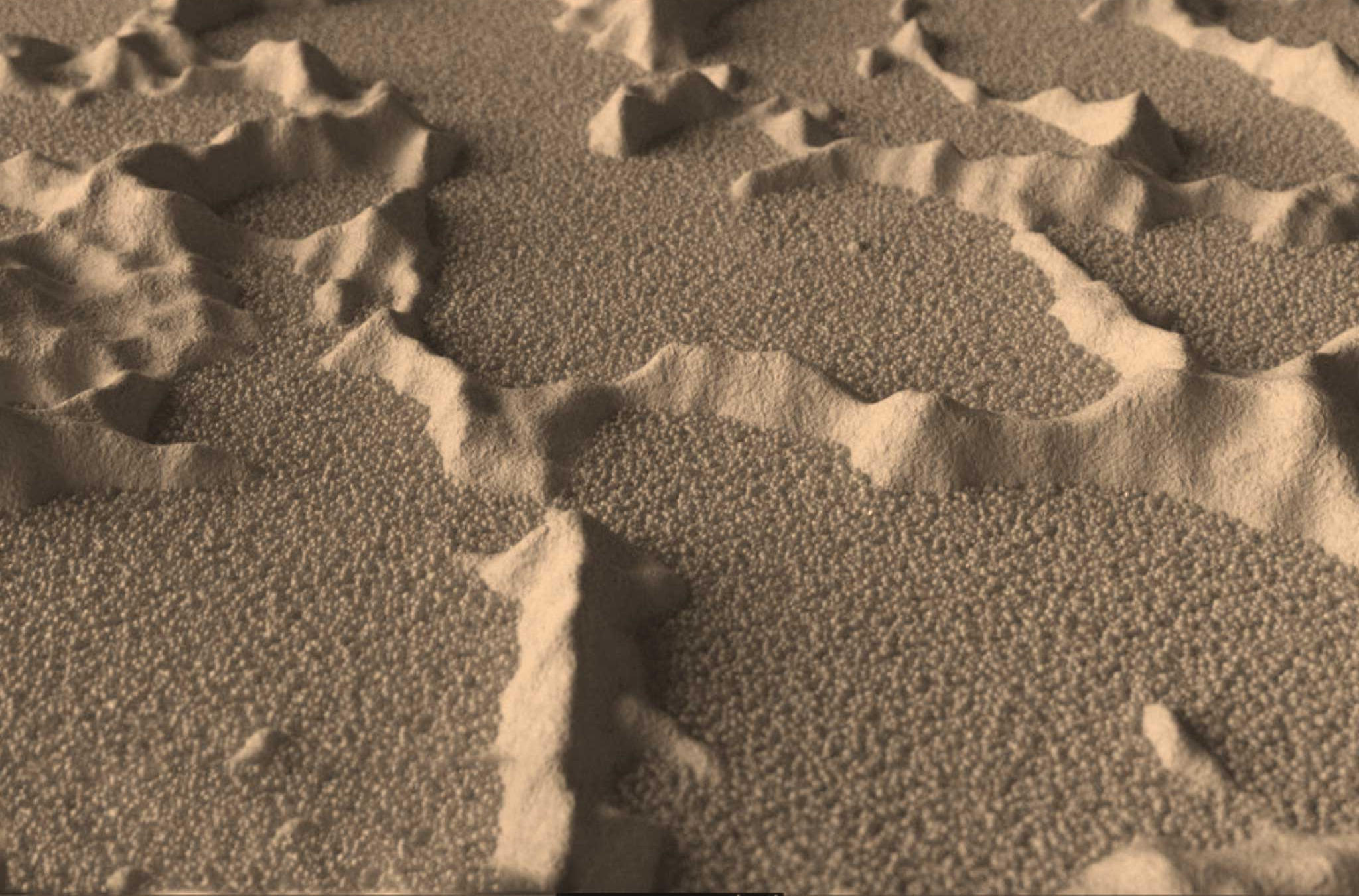
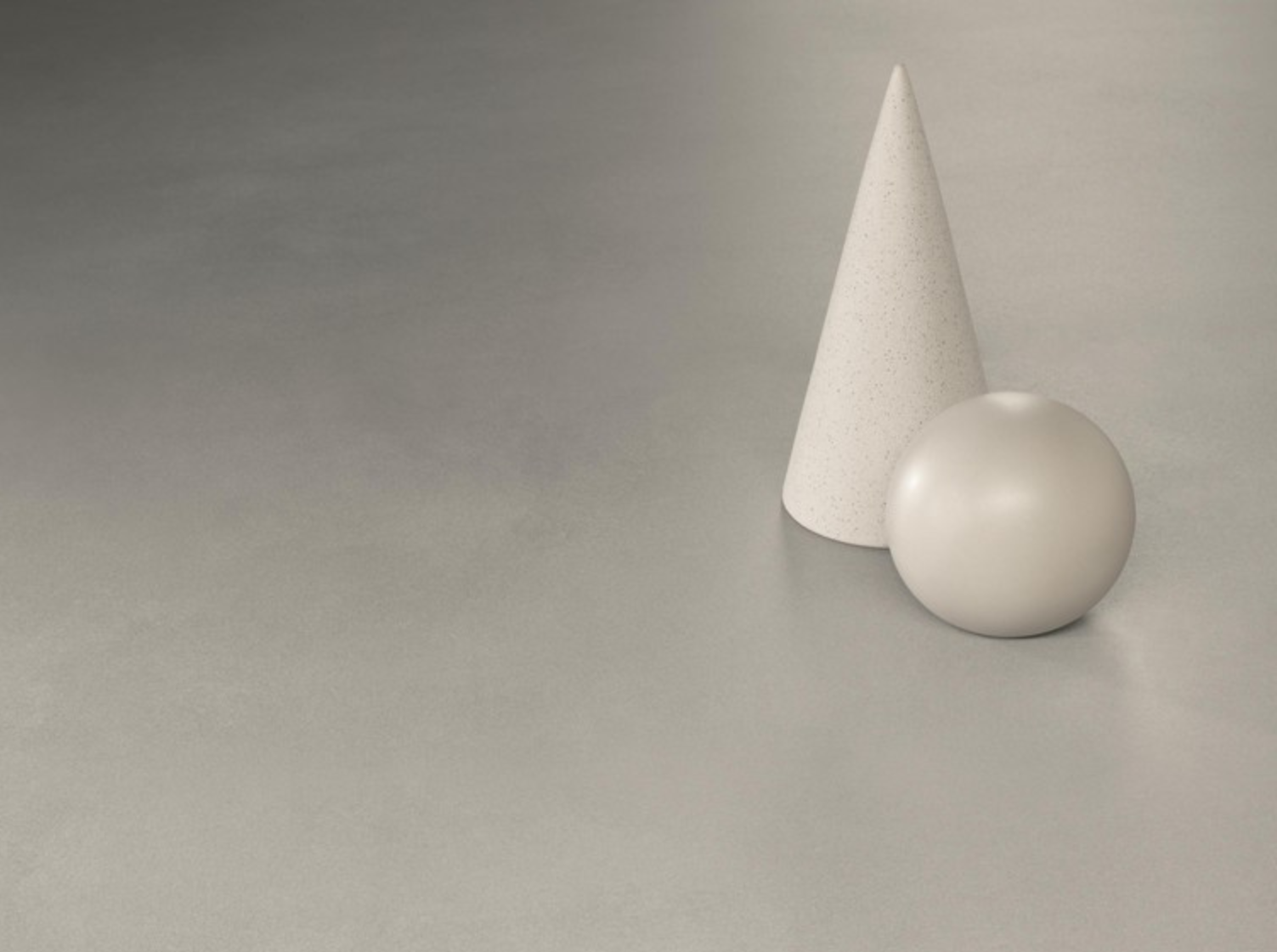
.tif?cropw=4036.303976681241&croph=2705.4159900062464&cropx=59.69602331875912&cropy=25.584009993753906&cropmode=pixel&quality=75#)
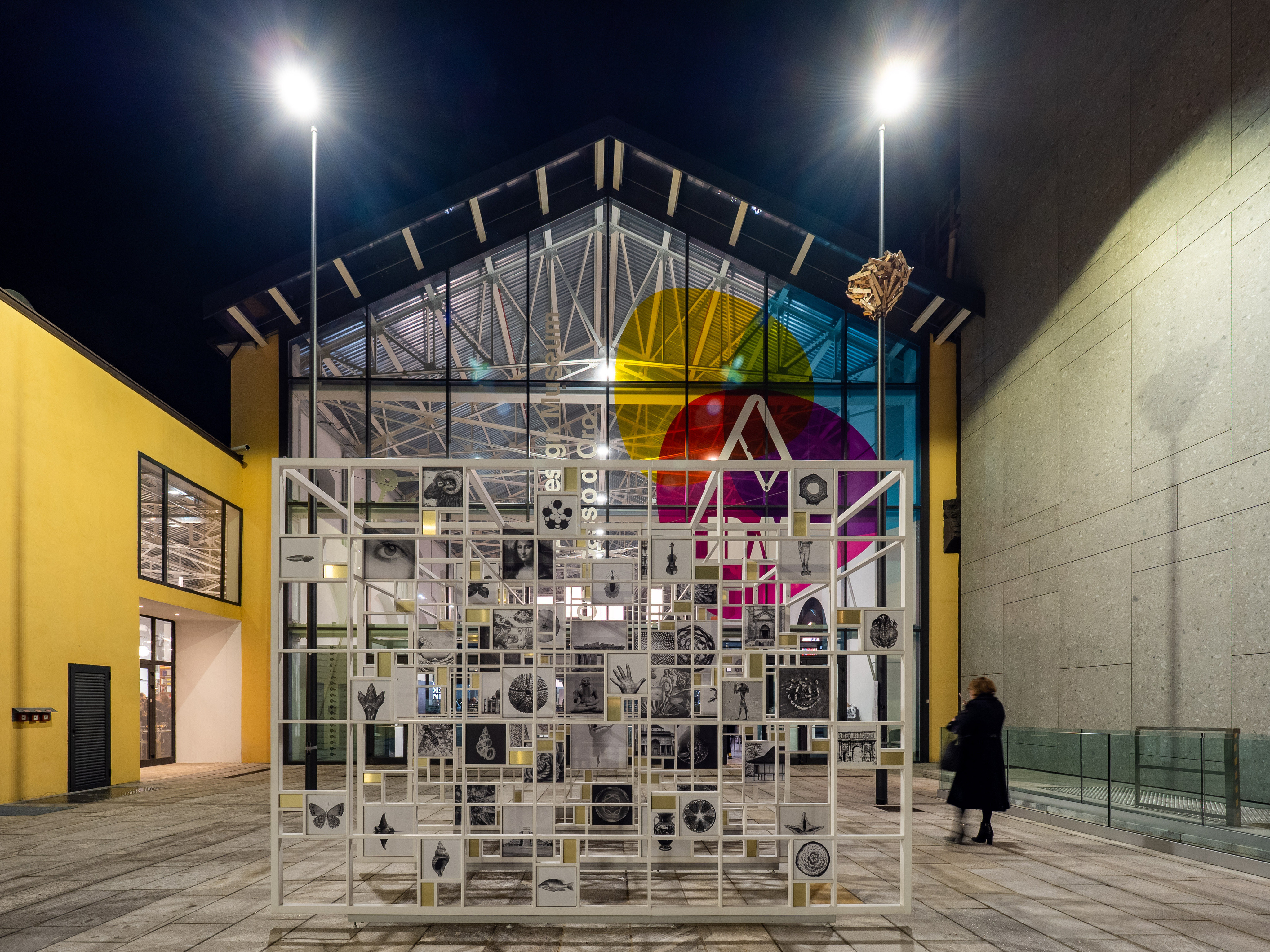.jpg?cropw=4096&croph=2978.1919633562356&cropx=0&cropy=93.80803664376384&cropmode=pixel&quality=75#)

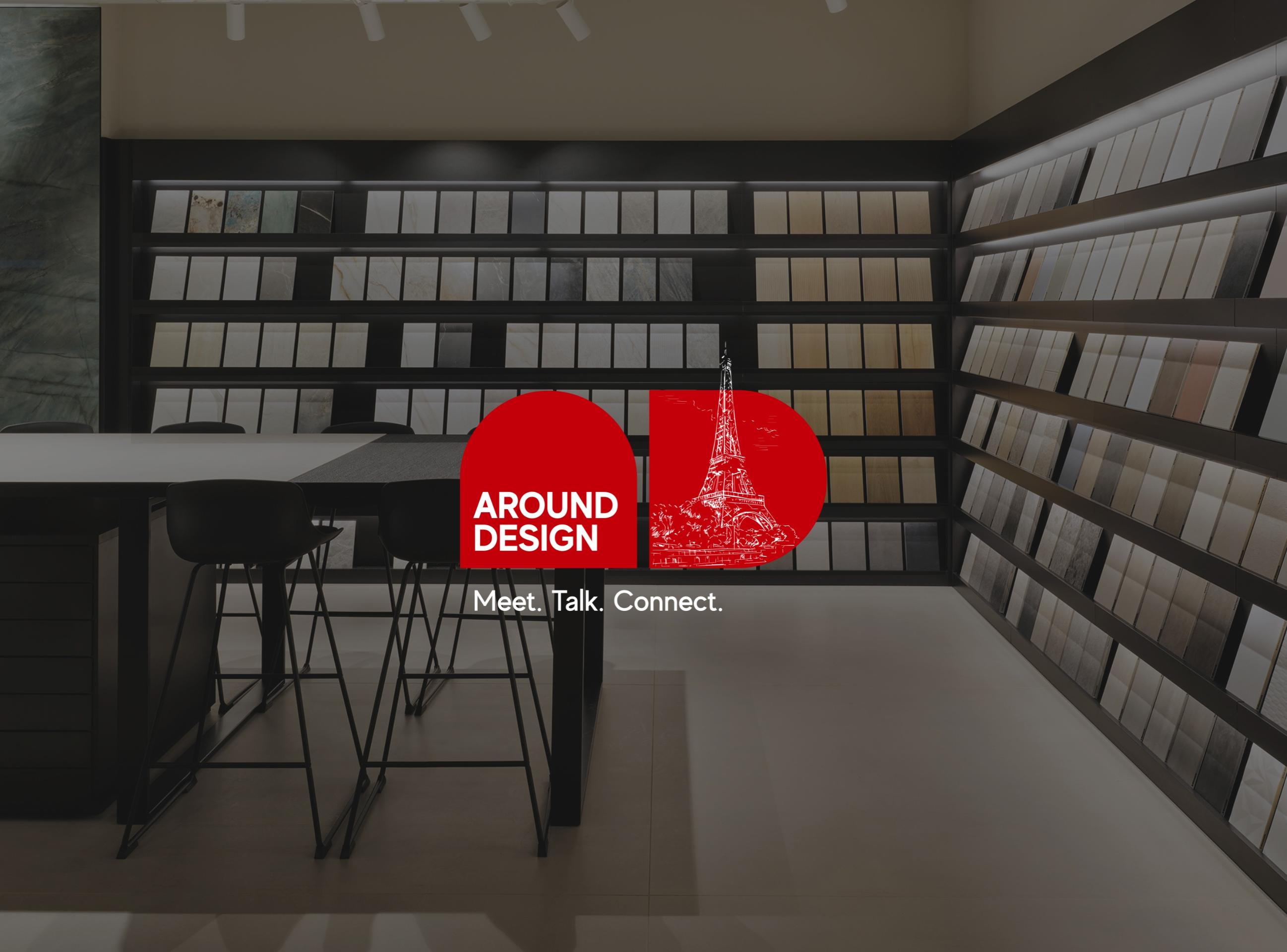
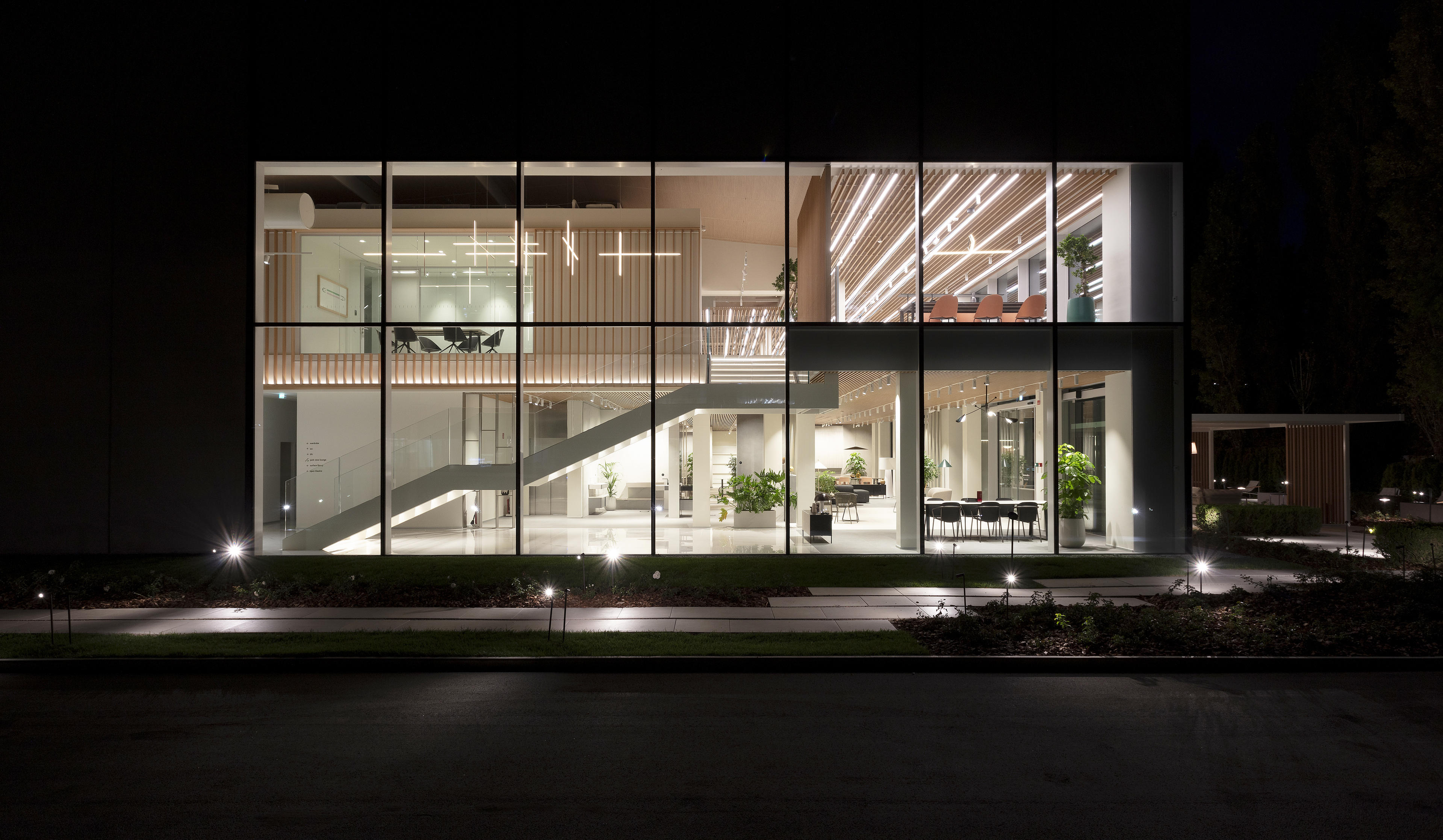
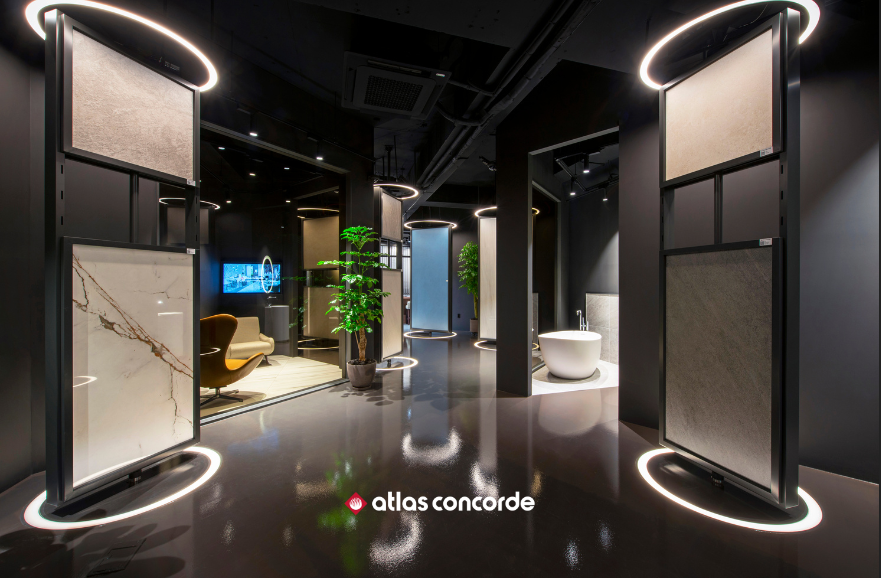
.jpg?cropw=4096&croph=2304&cropx=0&cropy=215.39045431878446&cropmode=pixel&quality=75#)

